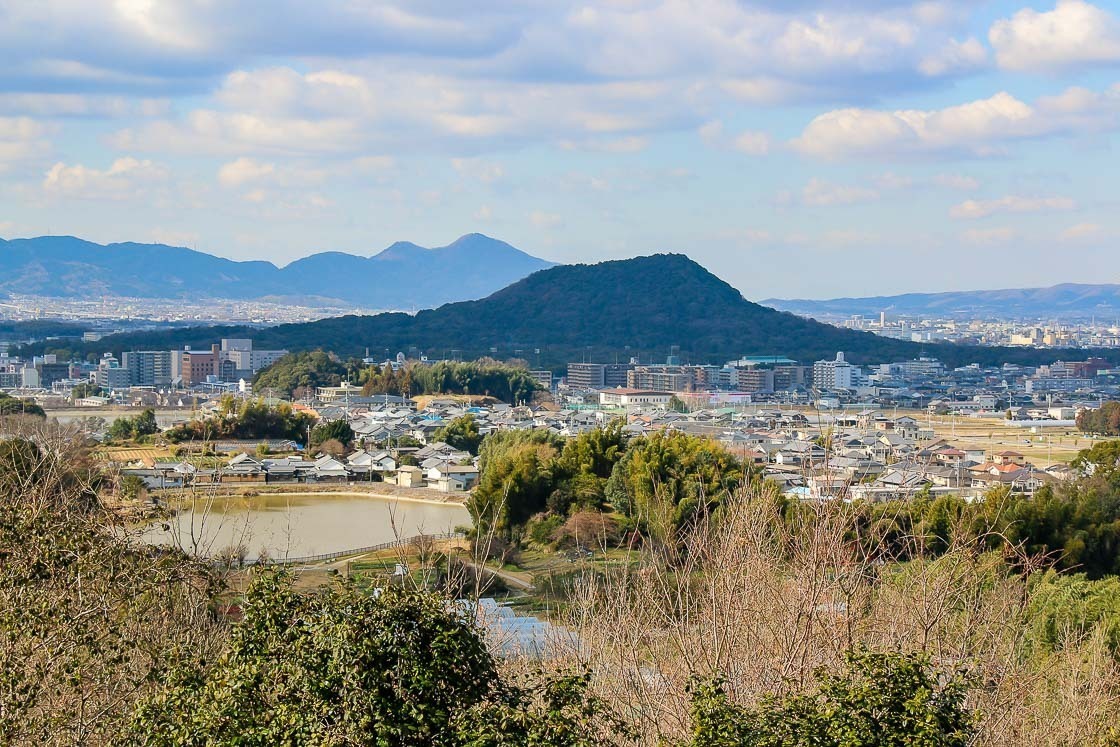Takenouchi Kaido, the oldest recorded road in Japan
Spanning a length of around 26 kilometers, the Takenouchi Kaido is the oldest major road in Japan with a history of 1400 years. Designated a Japan Heritage, this old walking route linked the port city of Sakai with today's Nara Prefecture and became an important part of the road network connecting Osaka to the ancient capital of Asuka. On the spring and autumn equinoxes, the road roughly maps the route of the sun from sunrise to sunset.
Parts of the old route still remain, and visitors can take a walk through time to see some of the things that the ancient travelers would also have seen, as well as other historical monuments and buildings related to the days of old. On this trip, I checked out some places near and along the Takenouchi Kaido, taking in the cultural sights as well as local delights. Over my three-day trip, I visited a total of ten towns and cities, starting in Osaka and ending in Sakurai.
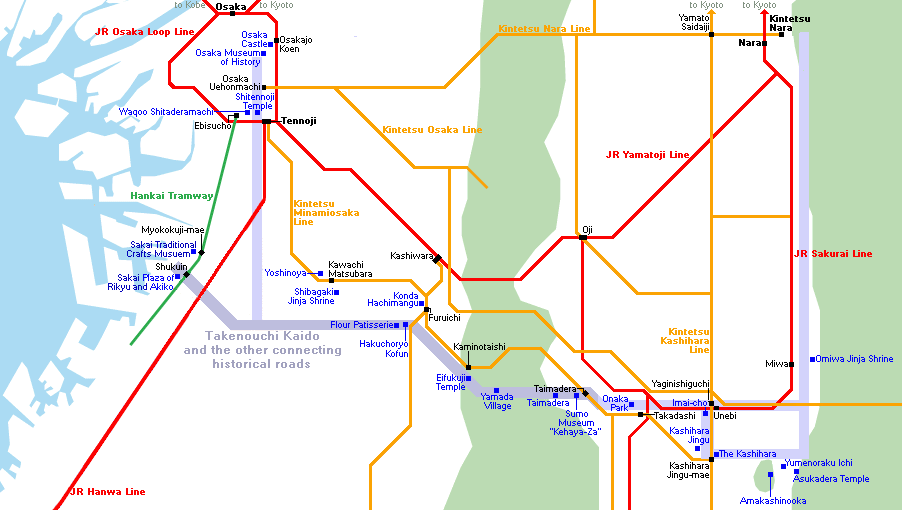
For accommodation during this trip, I stayed at the Waqoo Shitaderamachi in Osaka as well as The Kashihara in Kashihara. The former is a temple lodging (shukubo) not far from Shitennoji Temple and offers a good introduction to shukubo for beginners. There are a number of activities that anyone can participate at Waqoo Shitaderamachi like zazen meditation, sutra copying, morning religious service or eating Buddhist cuisine (shojin ryori). The latter is a resort hotel conveniently located beside Kashihara Jingumae Station on the Kintetsu Line in Kashihara City. Kashihara Shrine is within walking distance while the historic town of Asuka can be accessed by loop bus or rental bicycle.
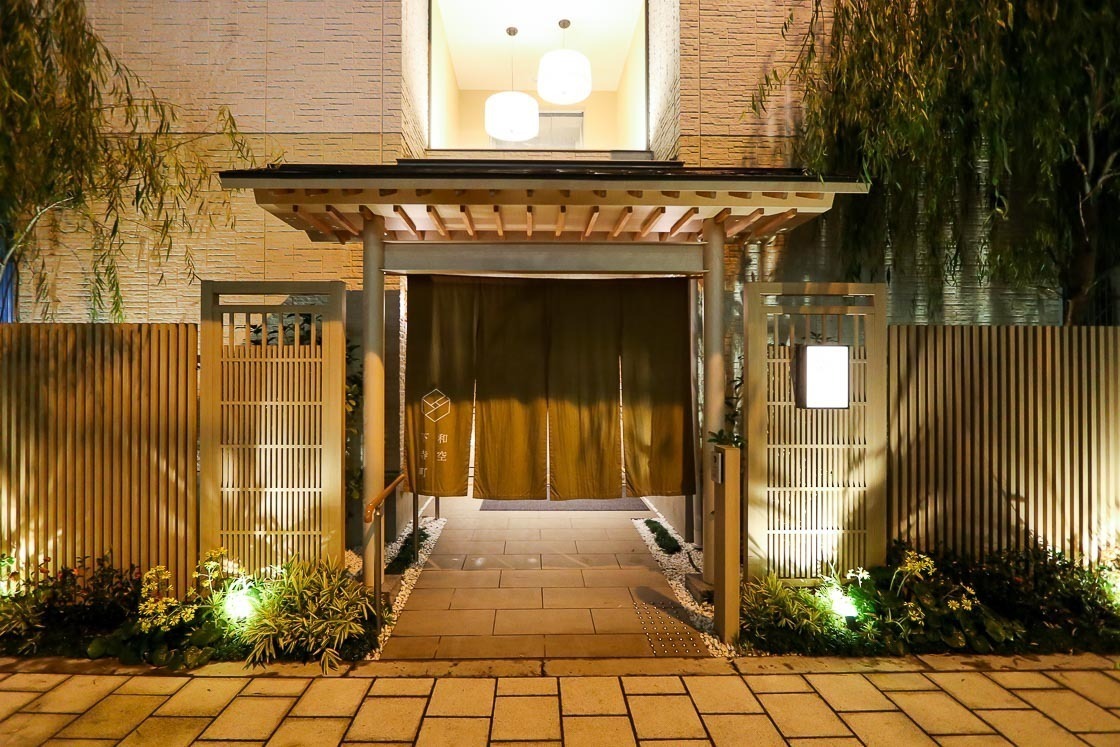
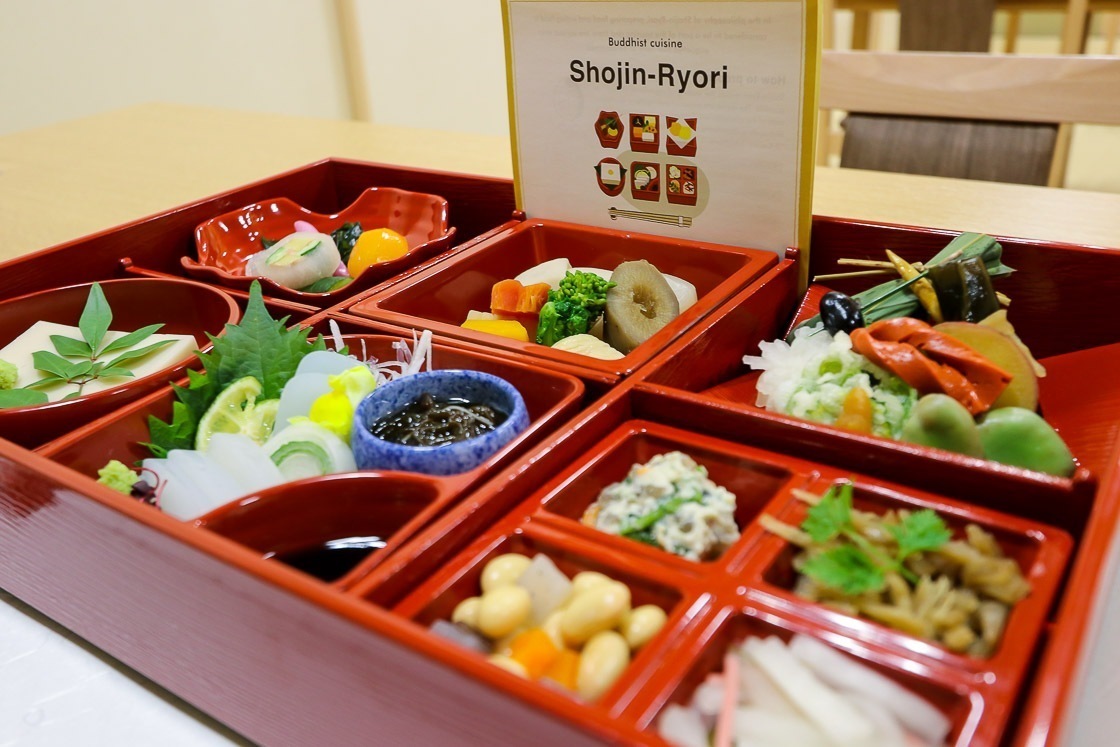
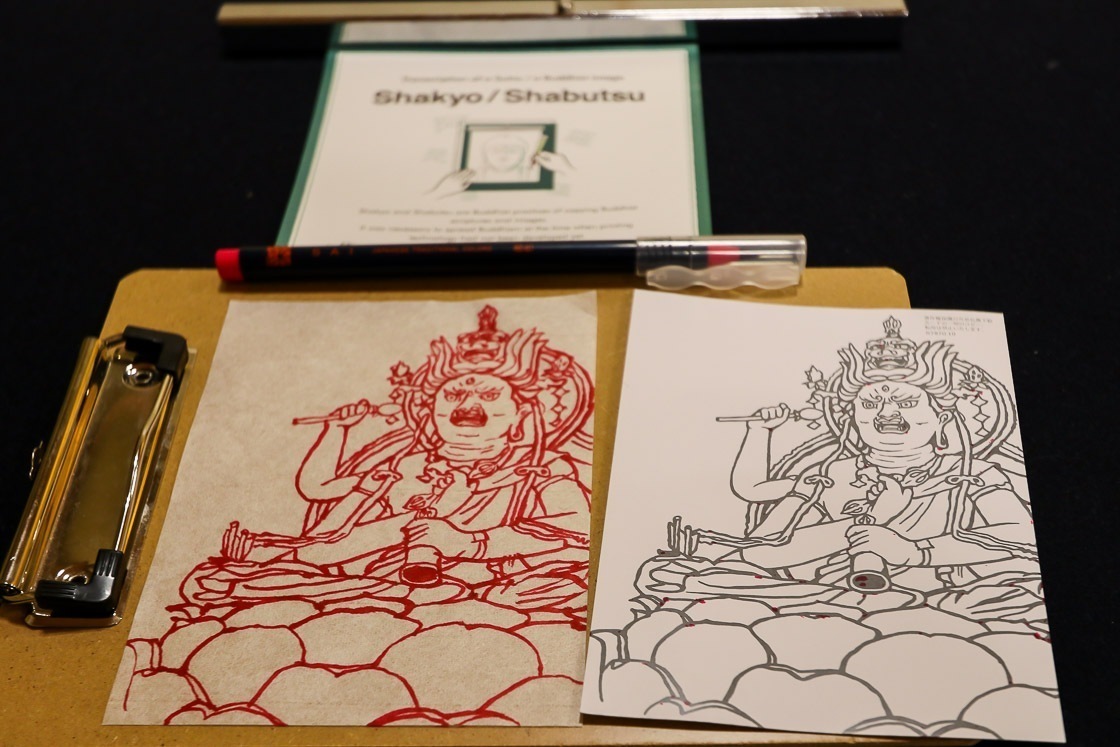
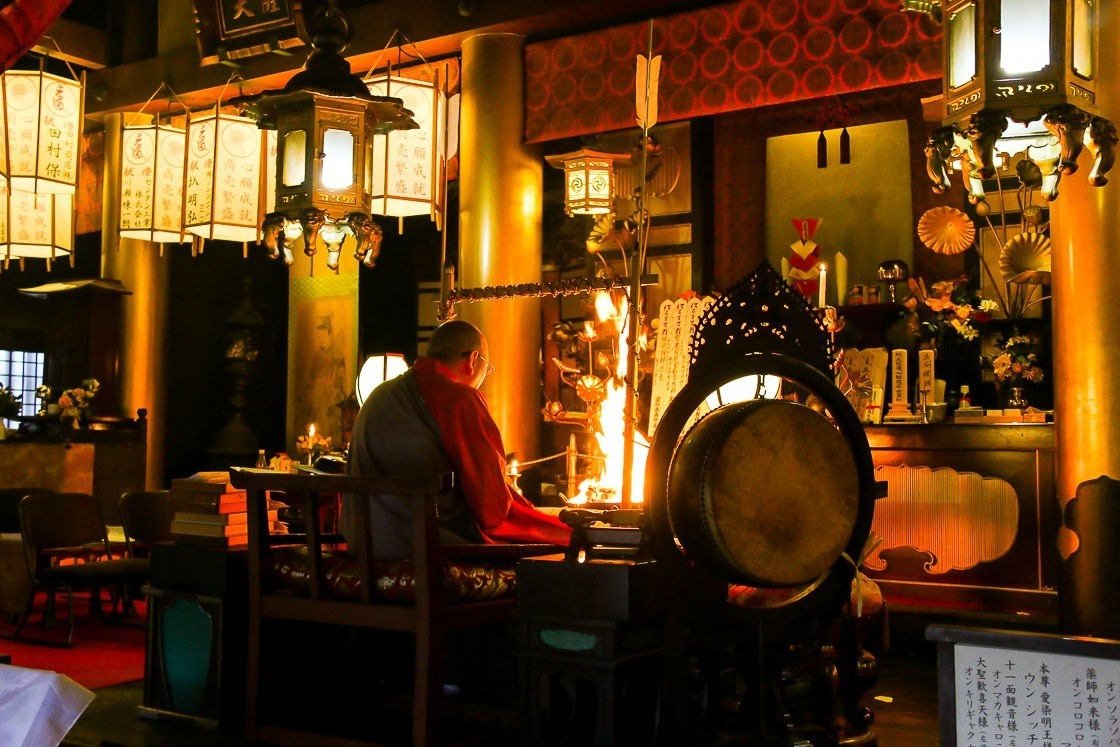
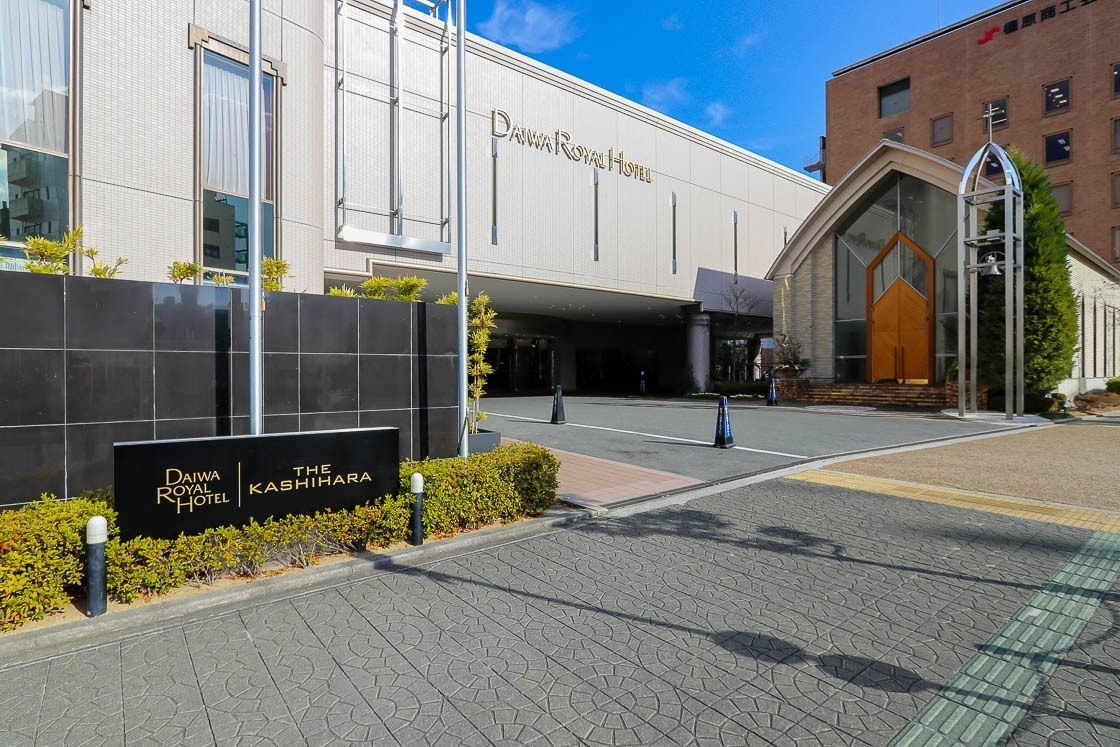
Osaka City
I kicked off my trip along the Takenouchi Kaido with a visit to Osaka Castle, a well-known and popular tourist destination in central Osaka. The castle is a popular spot to see cherry blossoms in the spring, and the park surrounding the castle provides ample space for jogging, picnicking and other outdoor activities when the weather is good. From Osaka Castle, I headed southwest for the Osaka Museum of History to learn more about the history of the city. From there, it's a 20 minute train ride to Shitennoji Temple, a large Buddhist temple in Osaka City and one of the oldest temples in Japan. There were lots of buildings to check out on the spacious grounds, but the main attraction is the paid inner precinct where visitors can enter the lecture hall, main hall and five story pagoda.
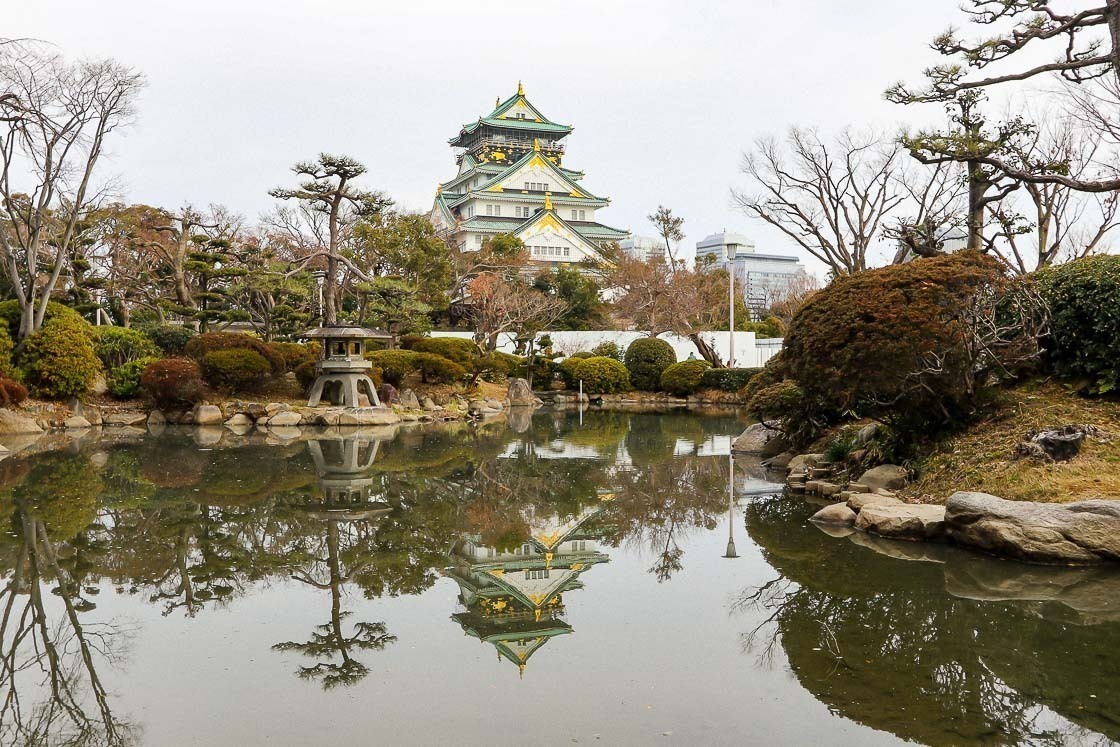
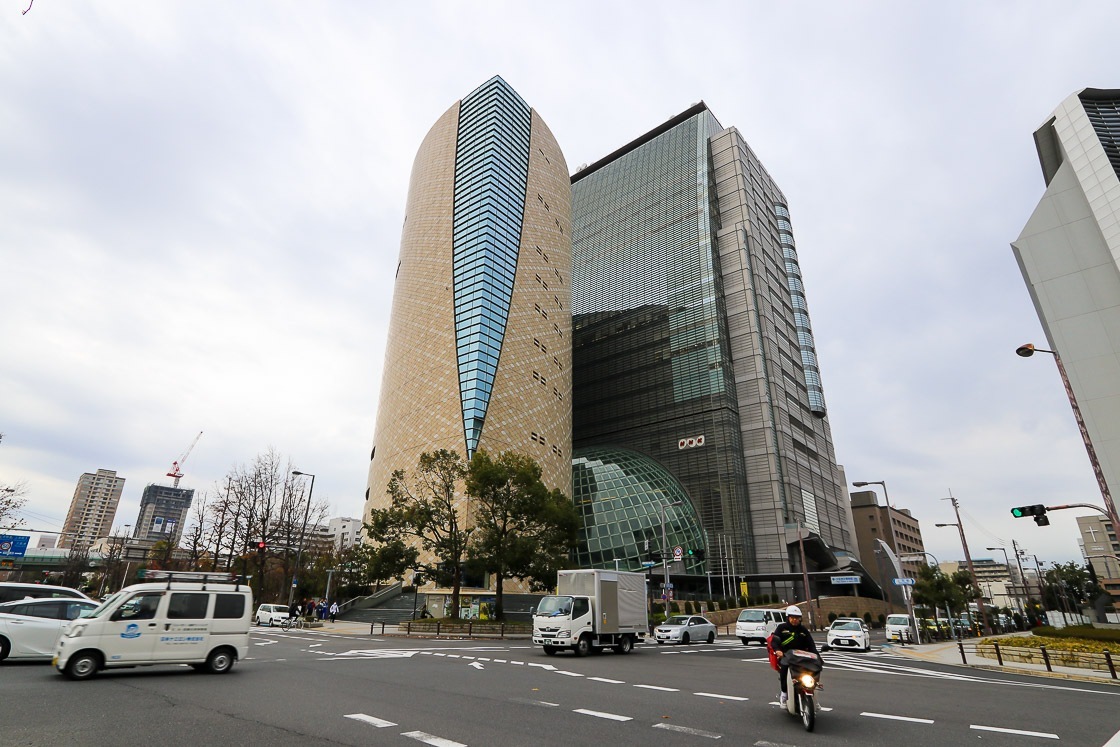
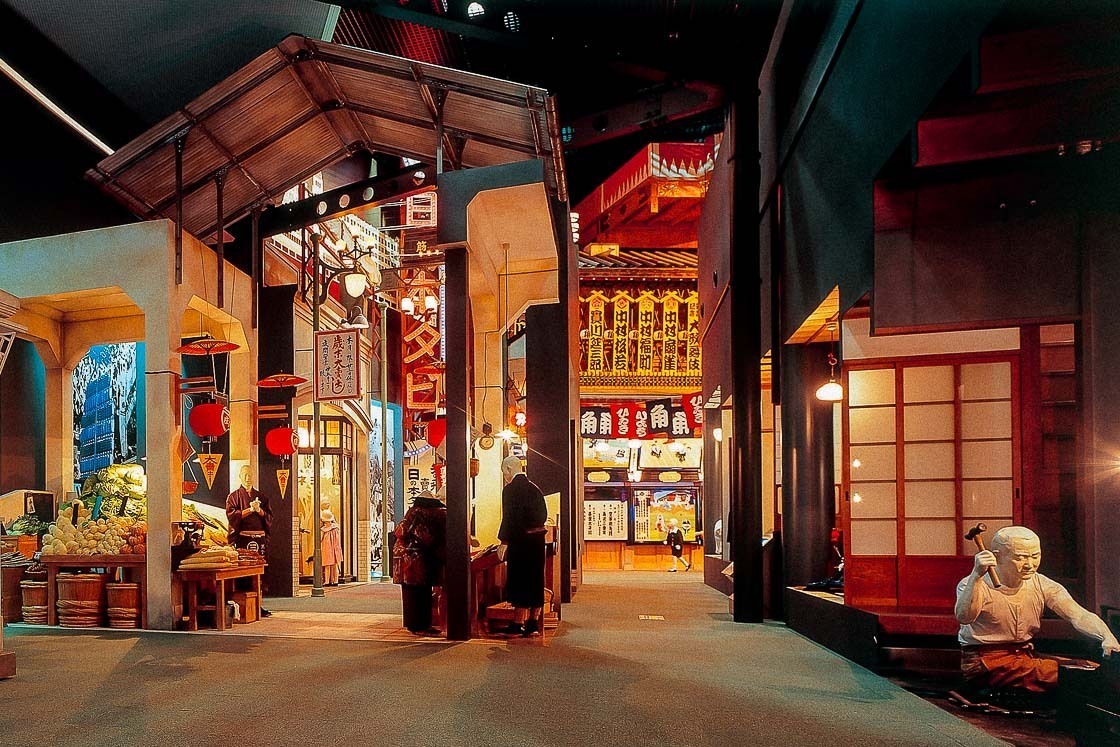
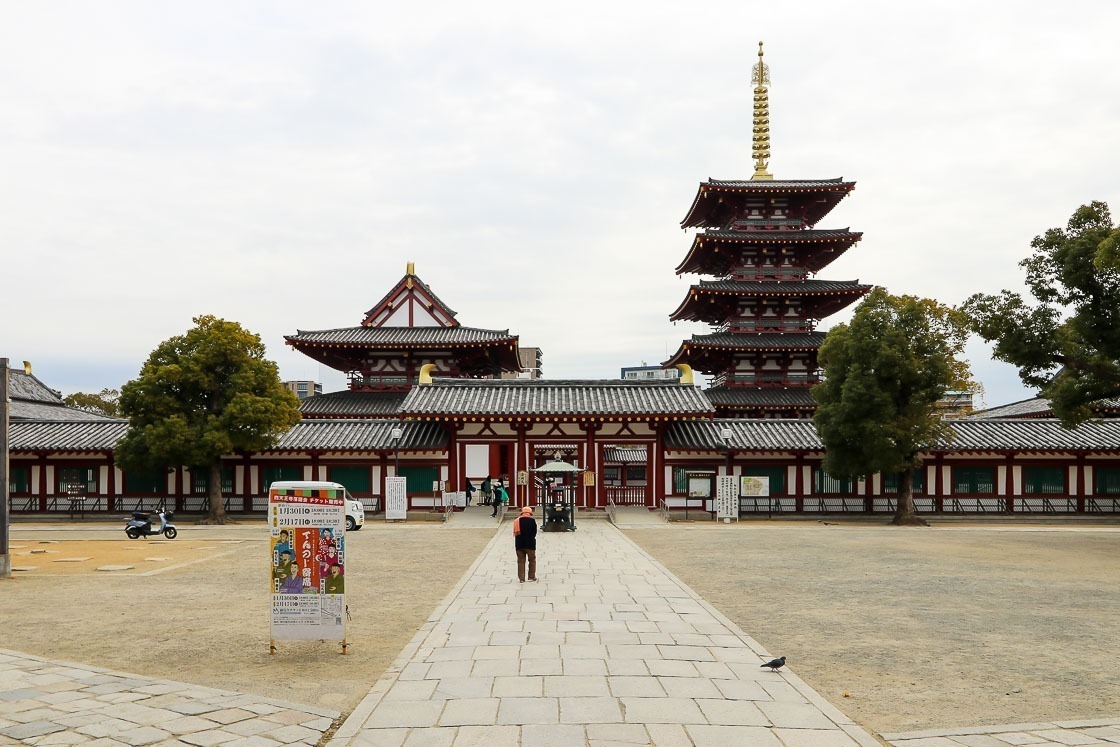
Sakai City
Sakai is a port city which is about a 30-minute streetcar ride from Osaka City, and interestingly, the streetcar runs on the Kishu Highway, another historic road. The city is known as a merchant and a craft city, and one of the major industries in Sakai is forging blades. I visited a couple of places: the Sakai City Traditional Crafts Museum and the Sakai Plaza of Rikyu and Akiko. The first was a two story building where visitors can see and purchase traditional crafts that are made in the city like rugs, incense, hand-dyed fabric, knives and Japanese sweets. The second was a short walk away and focuses more on tea, the history of famed tea master Sen no Rikyu and his relationship with Sakai. I had the opportunity to see the plot of land where he was born and participate in a Chanoyu experience in an exact replica of his tea house in Kyoto. Tea ceremony activities are available at the Sakai Plaza of Rikyu and Akiko which would make for a memorable experience.
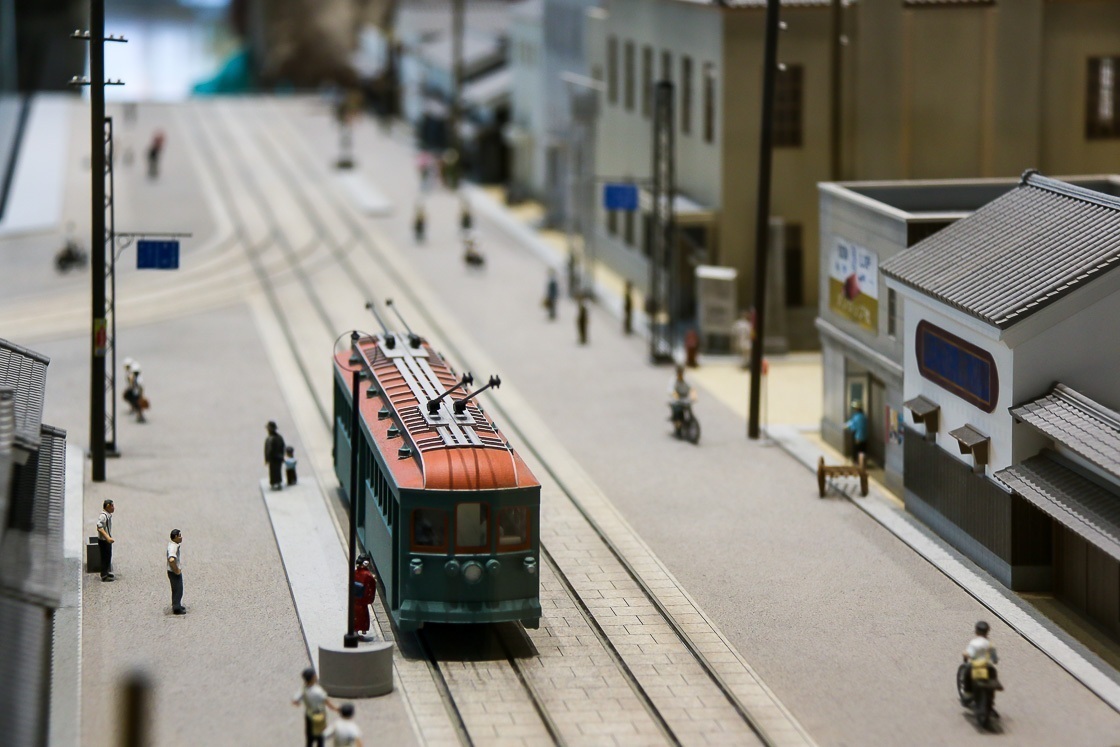

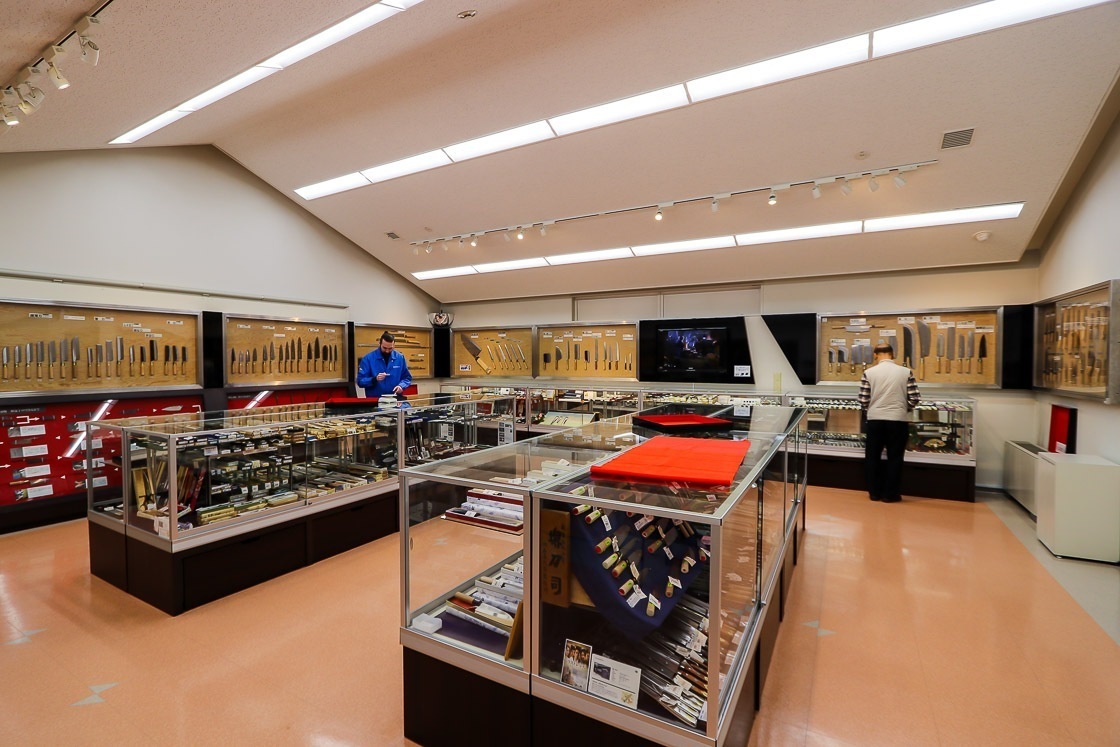
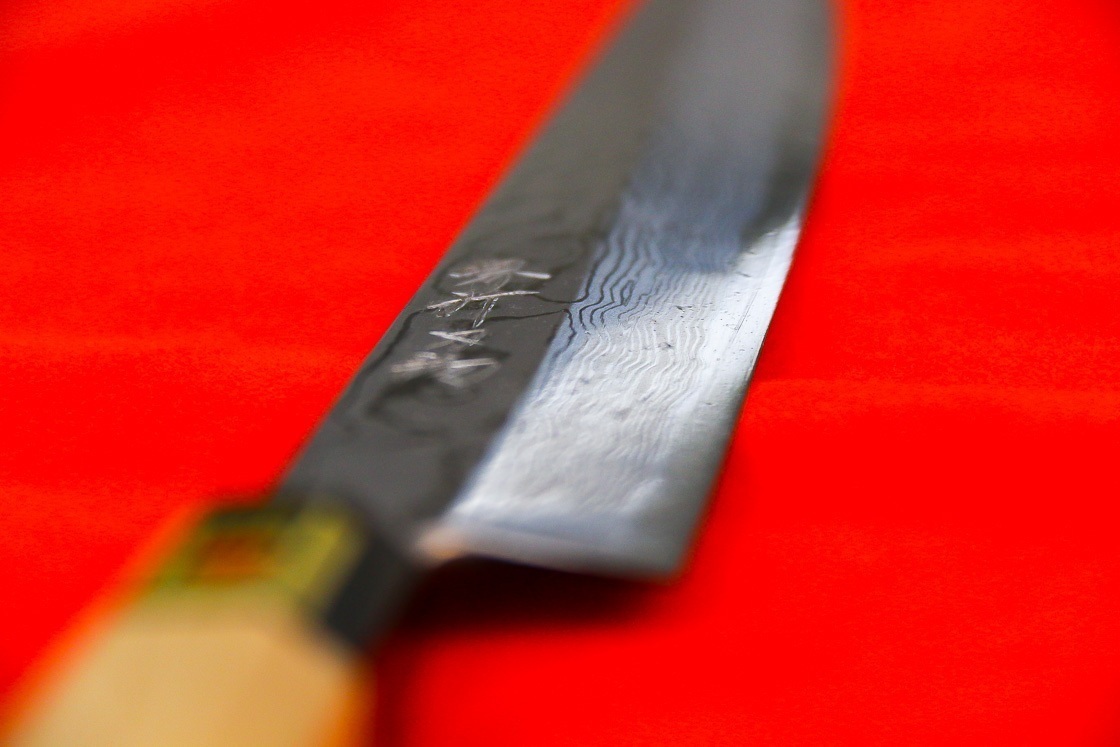
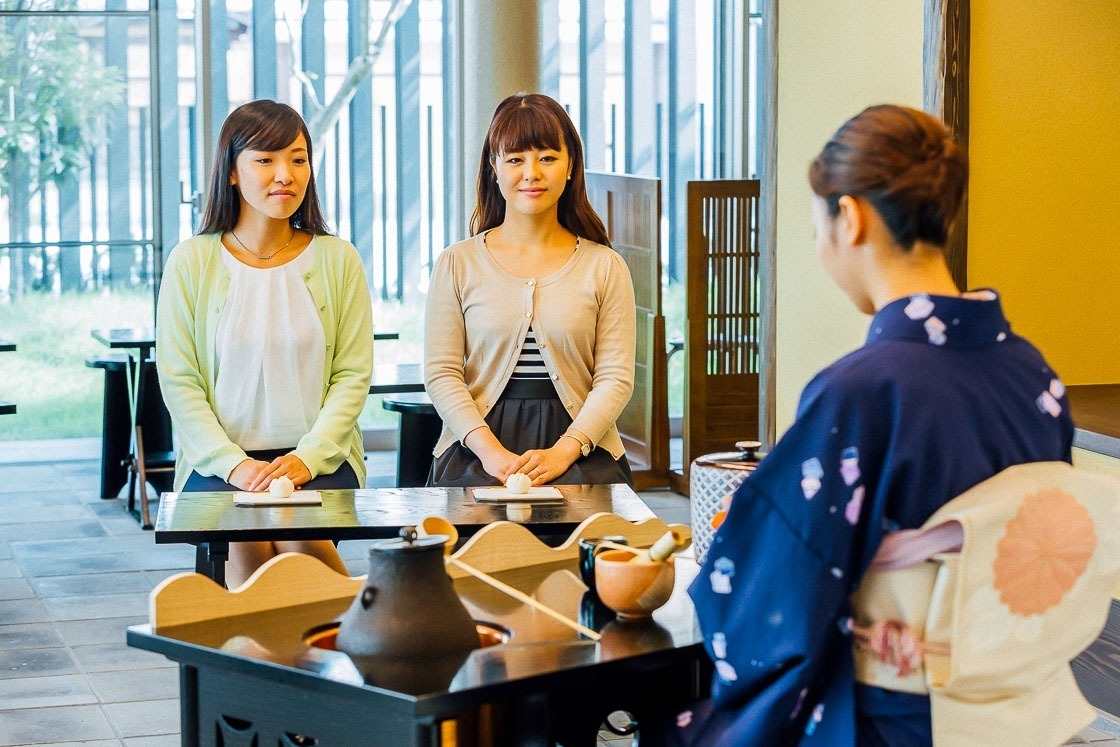
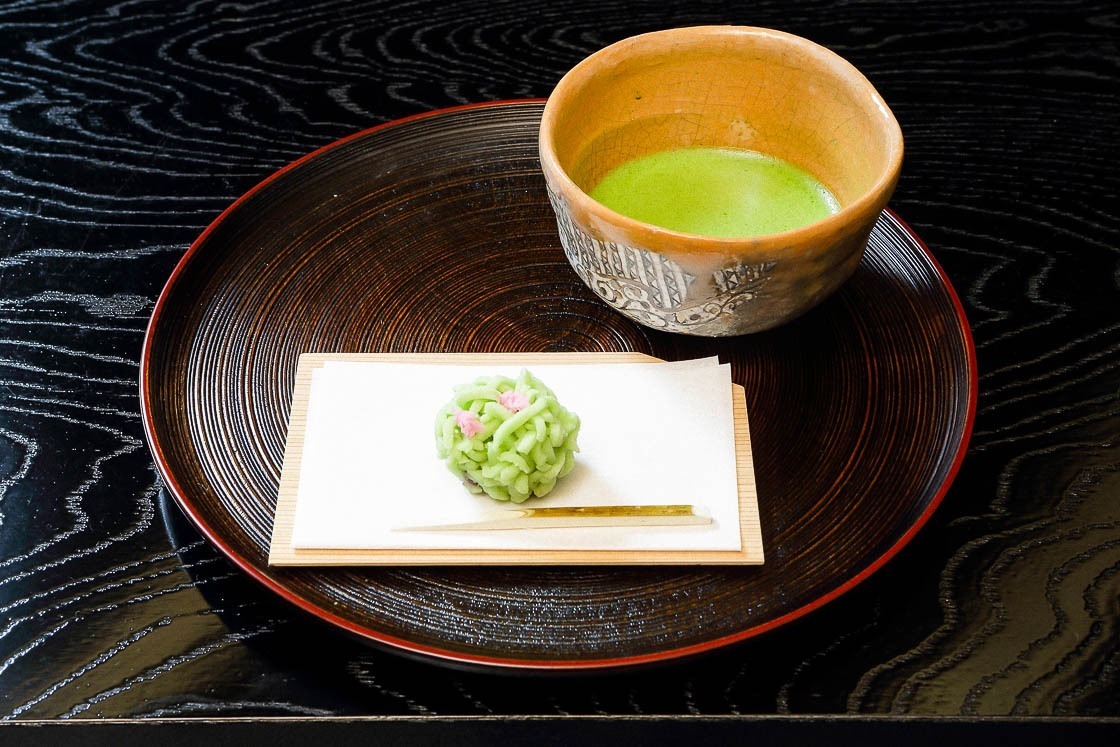
Matsubara City
Moving further east, I visited Matsubara City whose main station is Kawachi Matsubara on the Kintetsu Minami Osaka Line. The city lies in the vicinity of a number of major old roads, including the Takenouchi Kaido - the one I was on - and consequently was well visited by many important people including emperors. I went to Shibagaki Jinja Shrine whose roughly 400 year old main hall is one of the oldest structures in the area as many others were destroyed by fires. Pine trees used to line the main approach to the shrine, but only one lone tree has stood the test of time. Many of the pine trees were infected by a type of roundworm that causes the pine wilt disease, and had to be removed for safety reasons as the neighbourhood developed into a residential one.
My next stop in the city was Yoshinoya, a local Japanese sweets speciality store. I had one of their seasonal sweets, ichigo daifuku (soft rice cake filled with strawberry and sweet bean paste), which had the perfect balance of sweetness and juiciness one could expect from a fruit dessert.
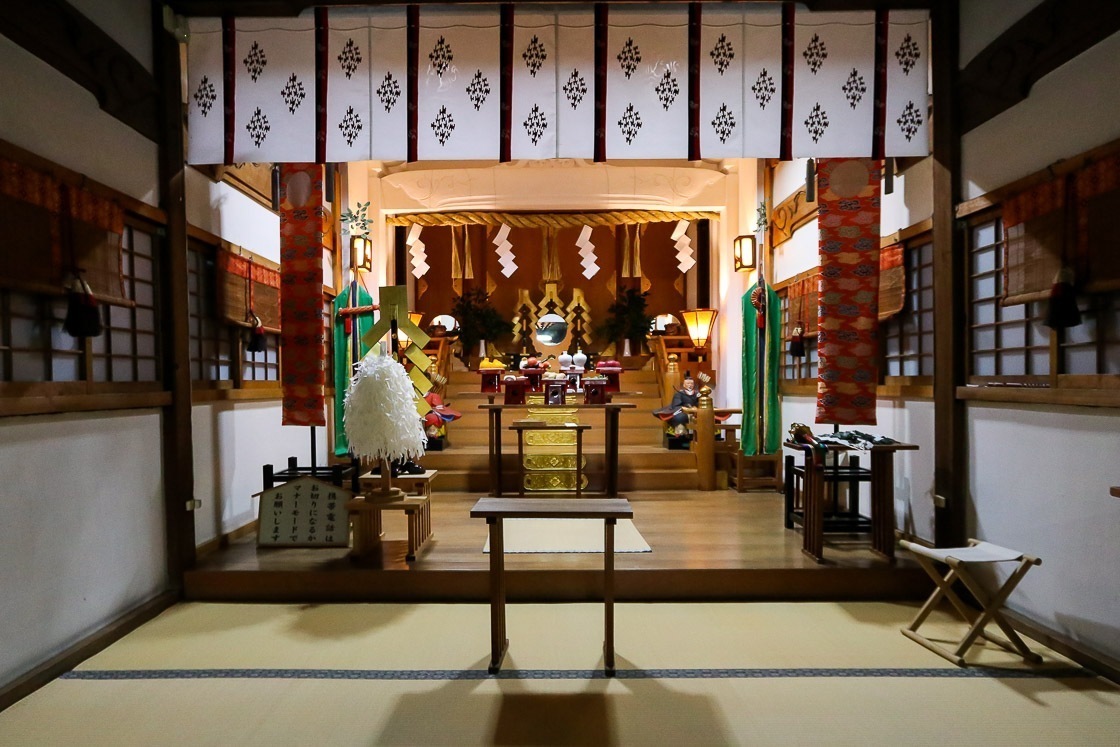
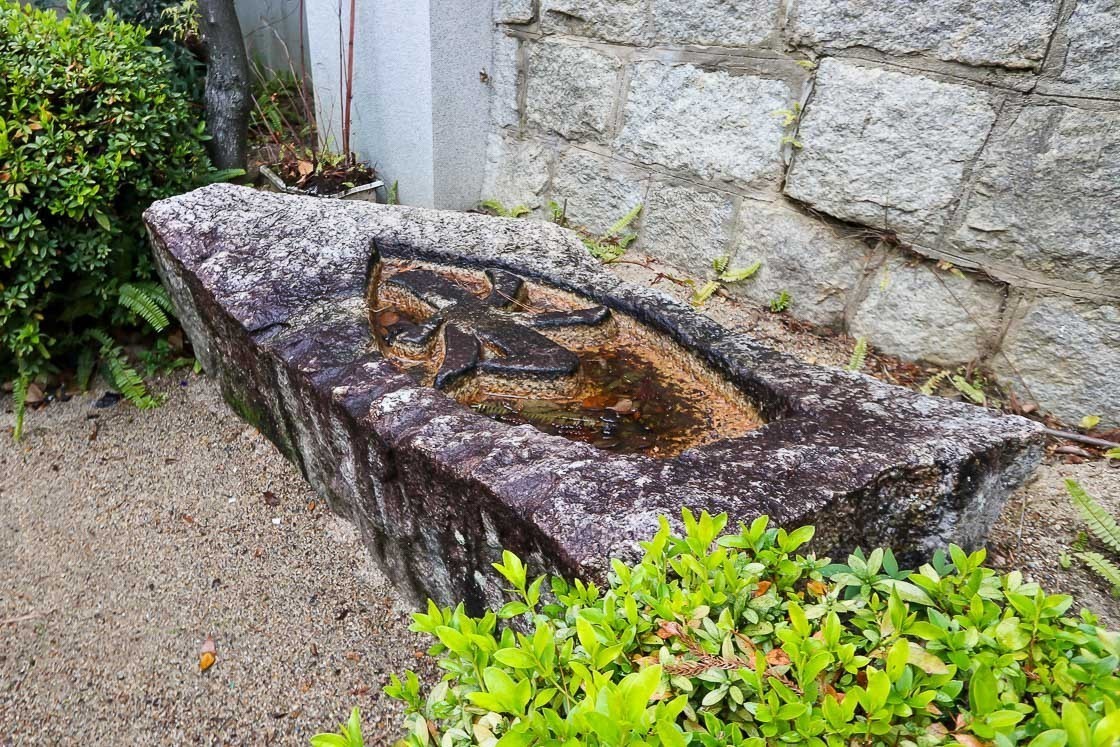
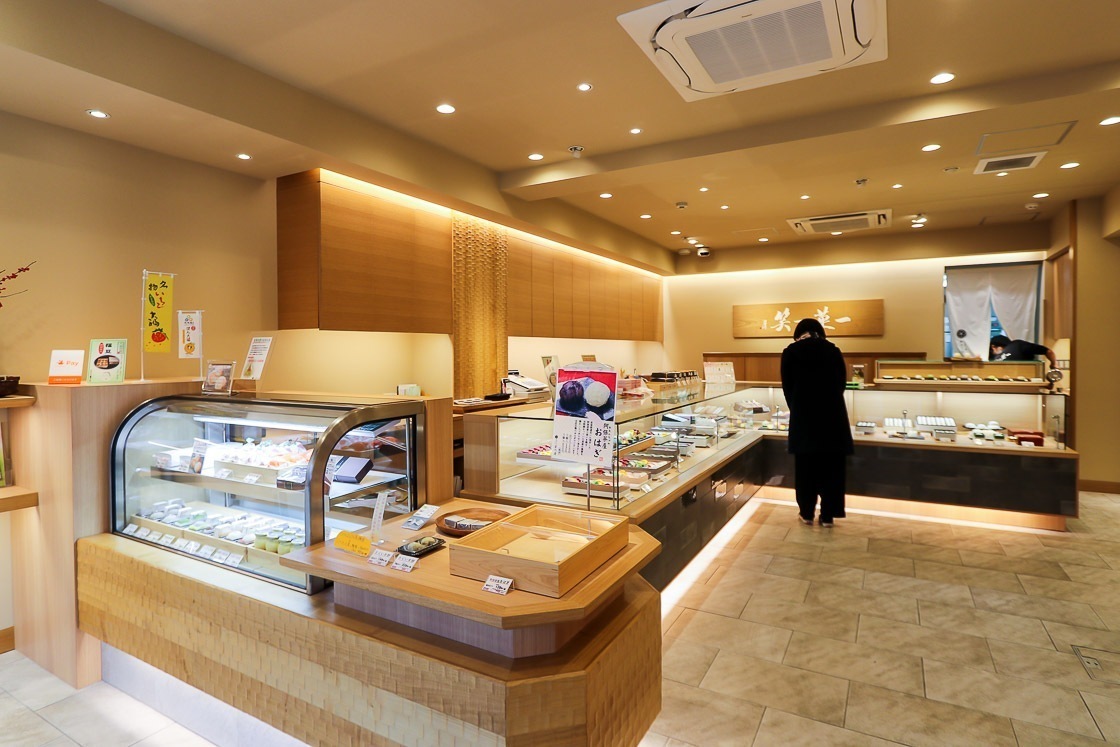
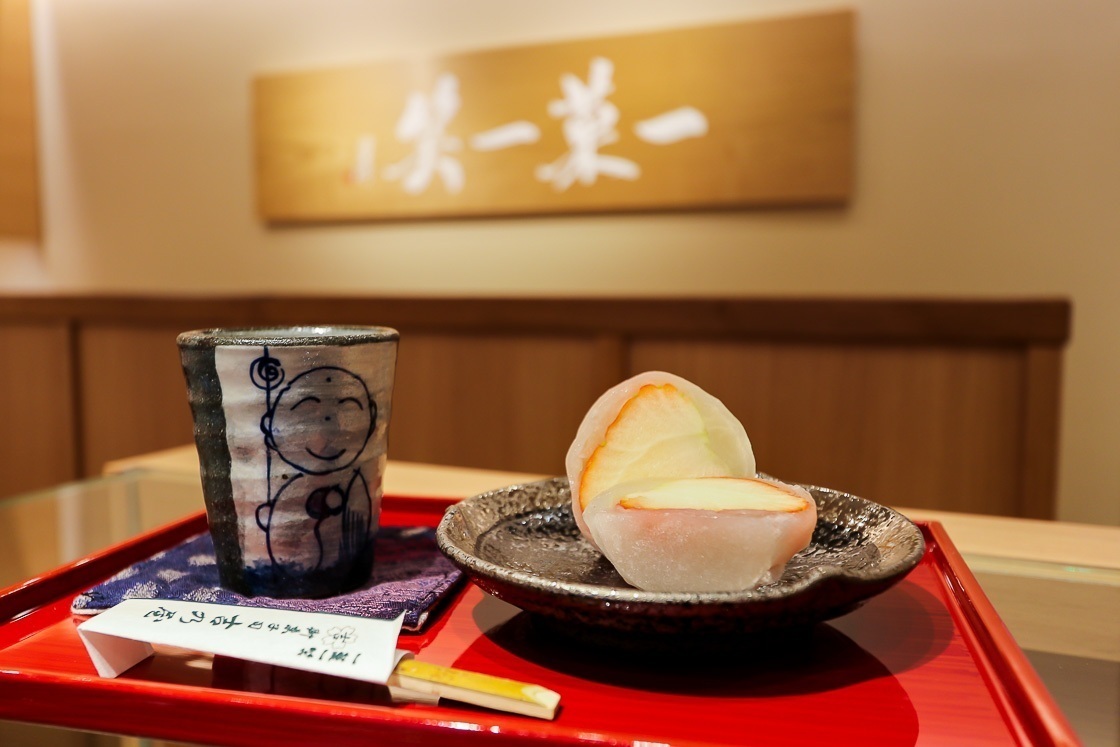
Habikino City
Continuing on the Kintetsu Line, I made my way to Furuichi Station in Habikino City. I went to Konda Hachimangu, a local shrine with a history that is intertwined with the 15th emperor of Japan who is enshrined there. The quiet shrine is said to have been visited by Toyotomi Hideyoshi as well as Tokugawa Ieyasu, further raising its prominence in the vicinity. The current main hall was constructed in the early Edo Period and features many intricate wood carvings on the eaves.
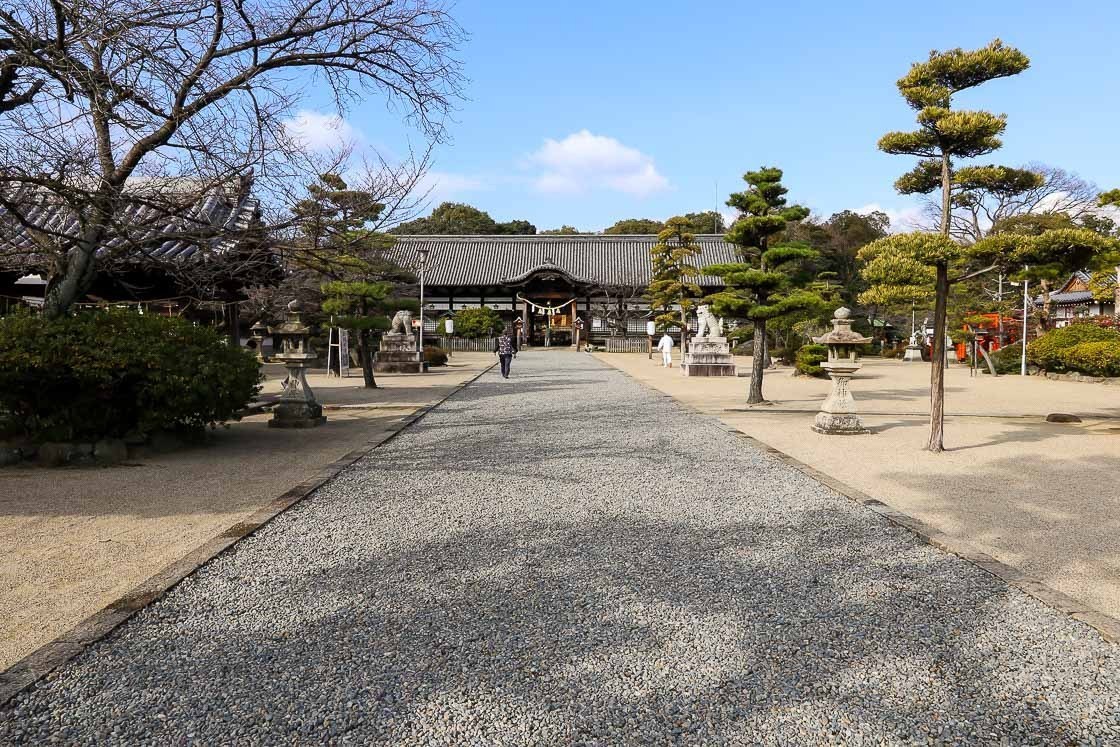
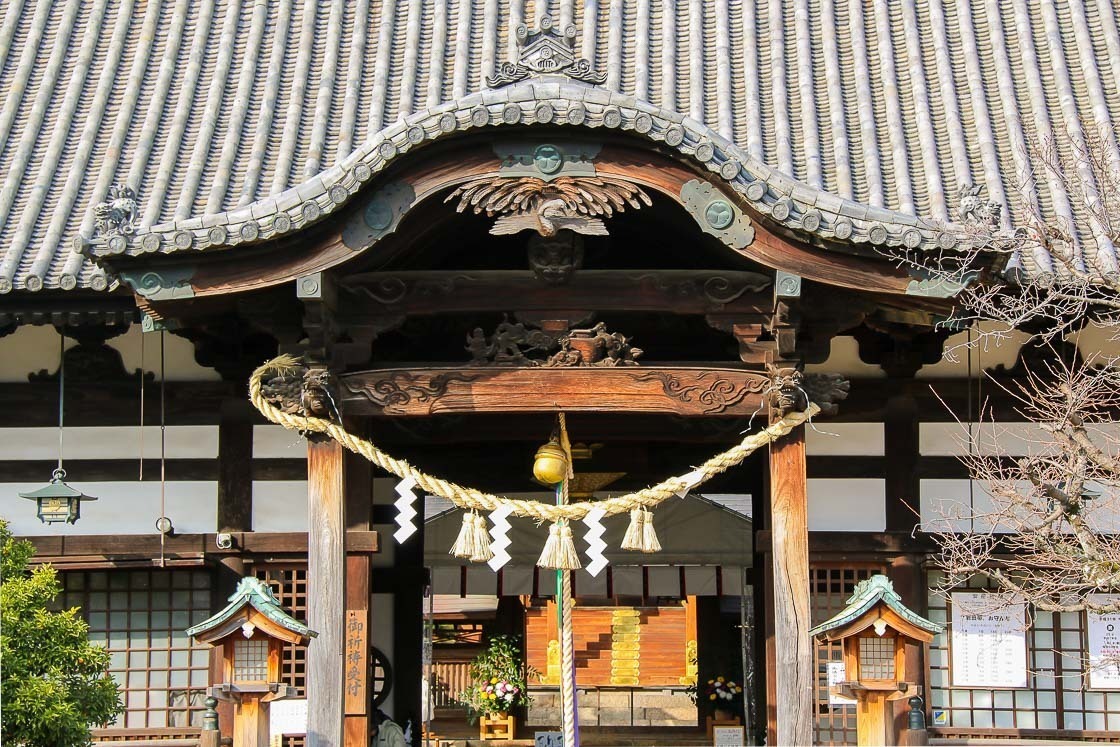
One of the many interesting features of the Takenouchi Kaido route is the presence of burial tombs of past emperors, known as kofun, and my walk took me past the keyhole-shaped Hakuchoryo Kofun. According to Nihon Shoki which is one of the oldest written records, this burial mound is said to be where the legendary prince Yamato Takeru visited. He apparently flew to that spot after turning into a swan following his death in Ise. My walk brought me to Flour Patisserie Takenouchi Kaido Karusato, a bakery and cafe, which was a fitting stop to rest and refuel. All of their products make use of local ingredients from nearby farms and are all handmade, ensuring for a wholesome and delicious breaktime.
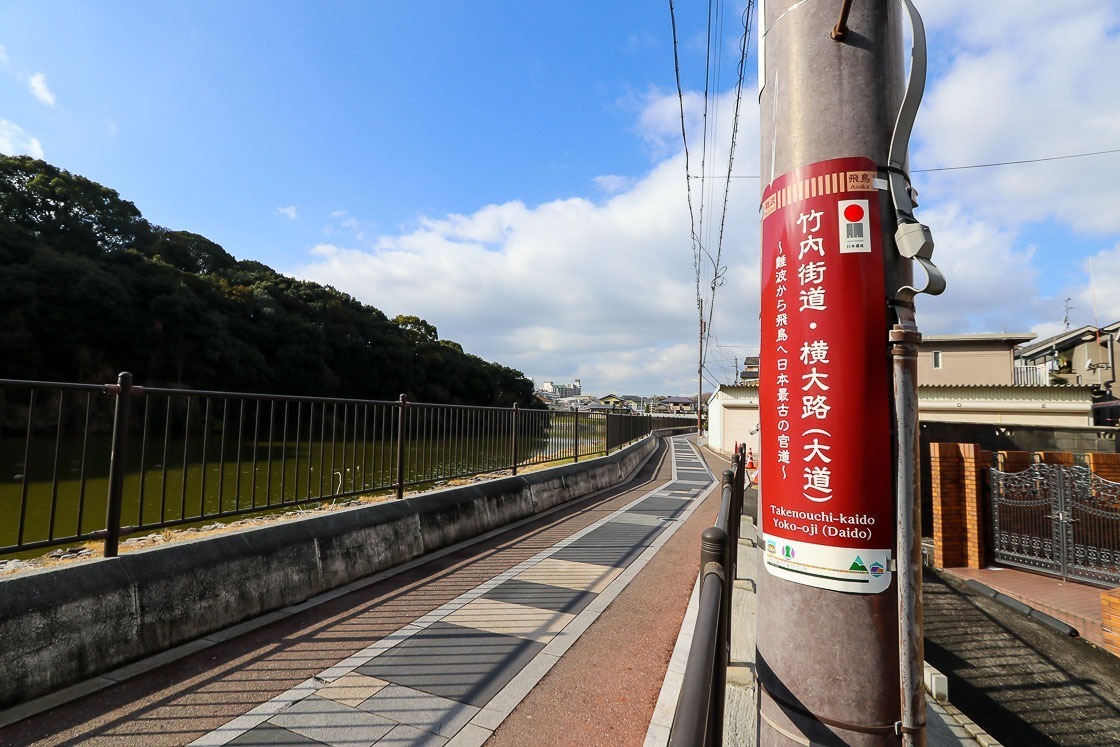
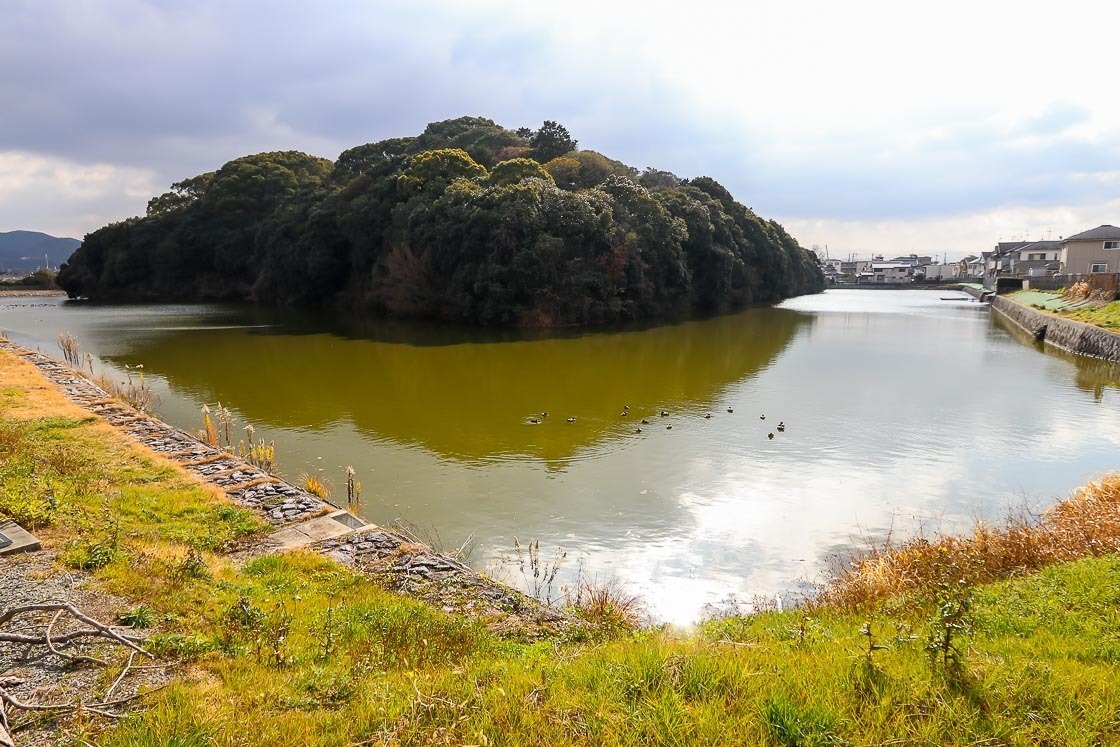
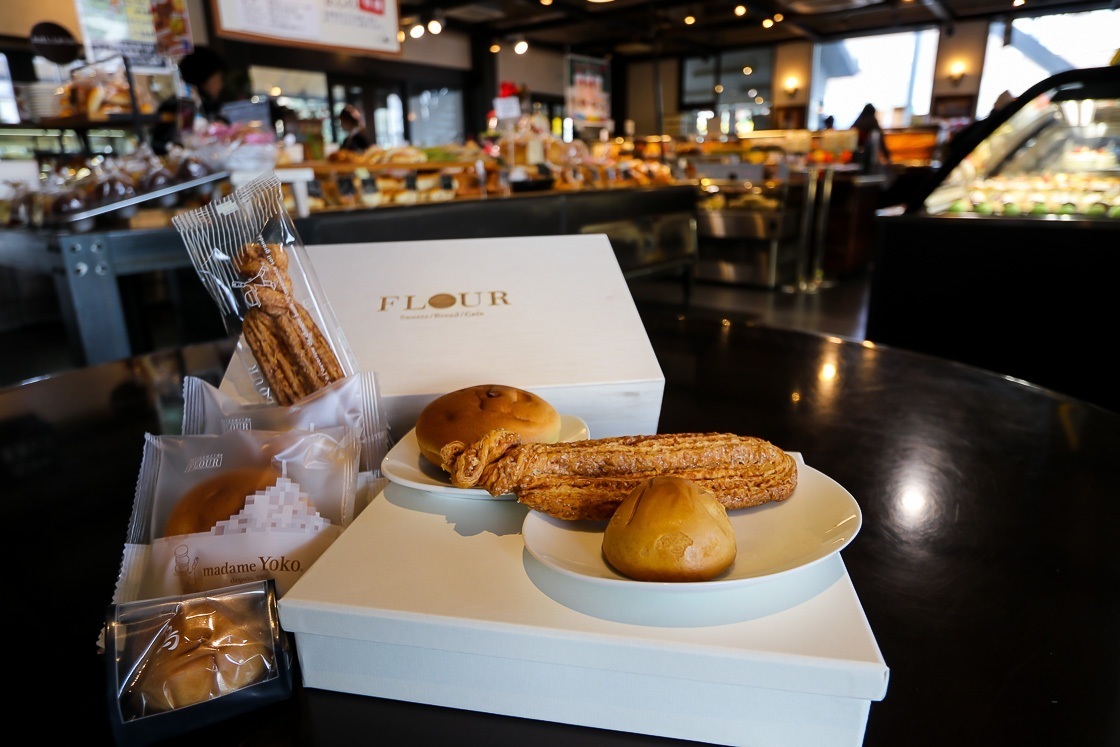
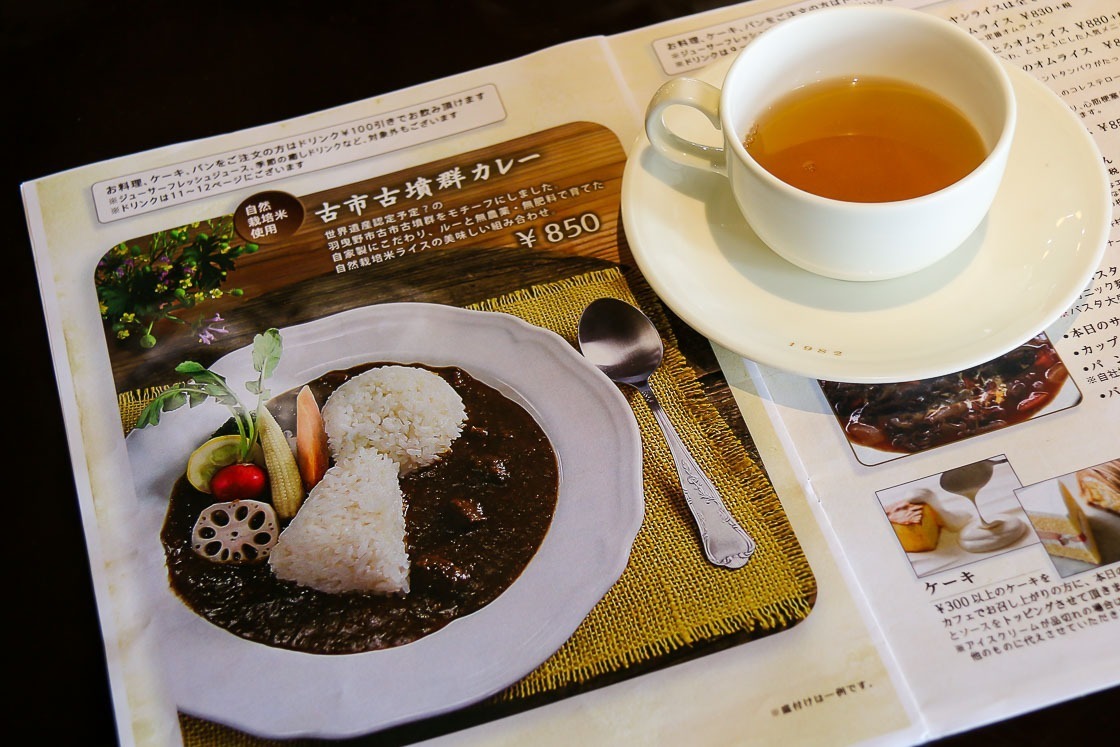
Taishi Town
Over at Taishi Town, which is best accessed from Kaminotaishi Station, I visited Eifukuji Temple and the former Yamada Village which is now part of modern day Taishi Town. Eifukuji Temple was constructed by the 33rd emperor of Japan to safeguard the tomb of Prince Shotoku, an important figure who was important in the spread of Buddhism in Japan. Despite its long history, many of the original structures were lost to fire and the ones that can be seen today are from the Edo Period, and a number of them are designated important cultural properties.
These days, the area that makes up Yamada Village is a small neighbourhood east of the temple and near the base of Mount Nijo, a mountain easily identified by its twin peaks. The main street in the village, which is part of the Takenouchi Kaido, is narrow with just enough space for a single car to pass. There, I visited the small Takenouchi Kaido Road Historical Museum which has displays of the route as well as excavated remains that were unearthed in Taishi Town.
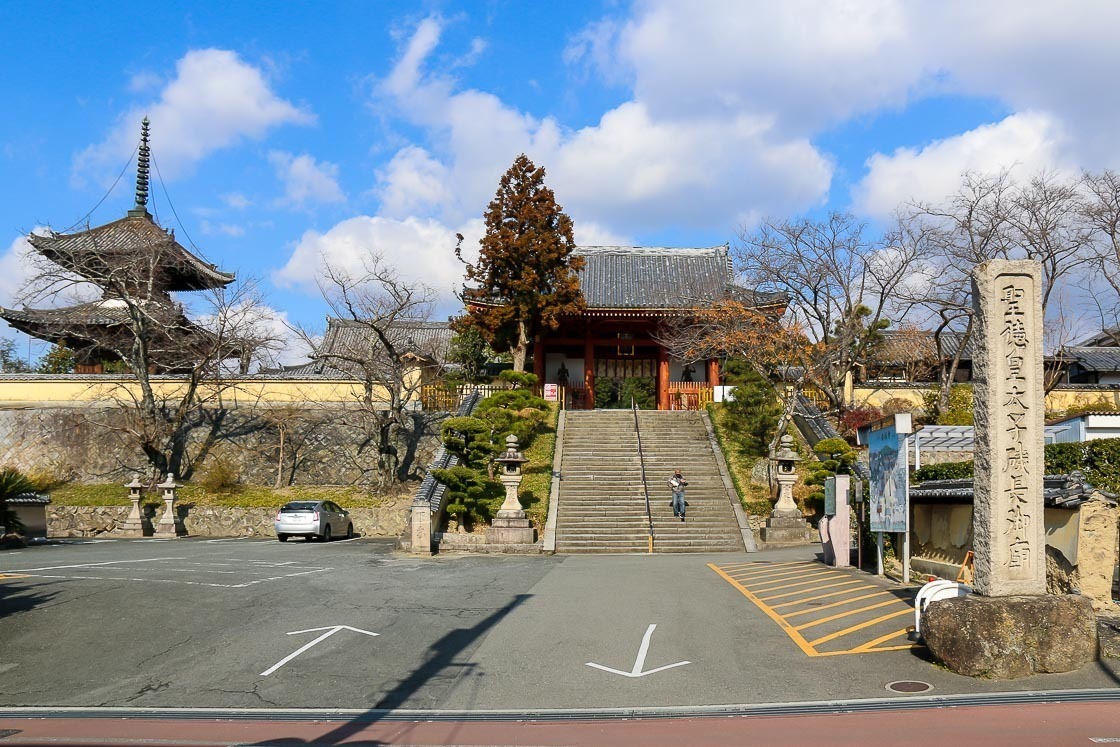
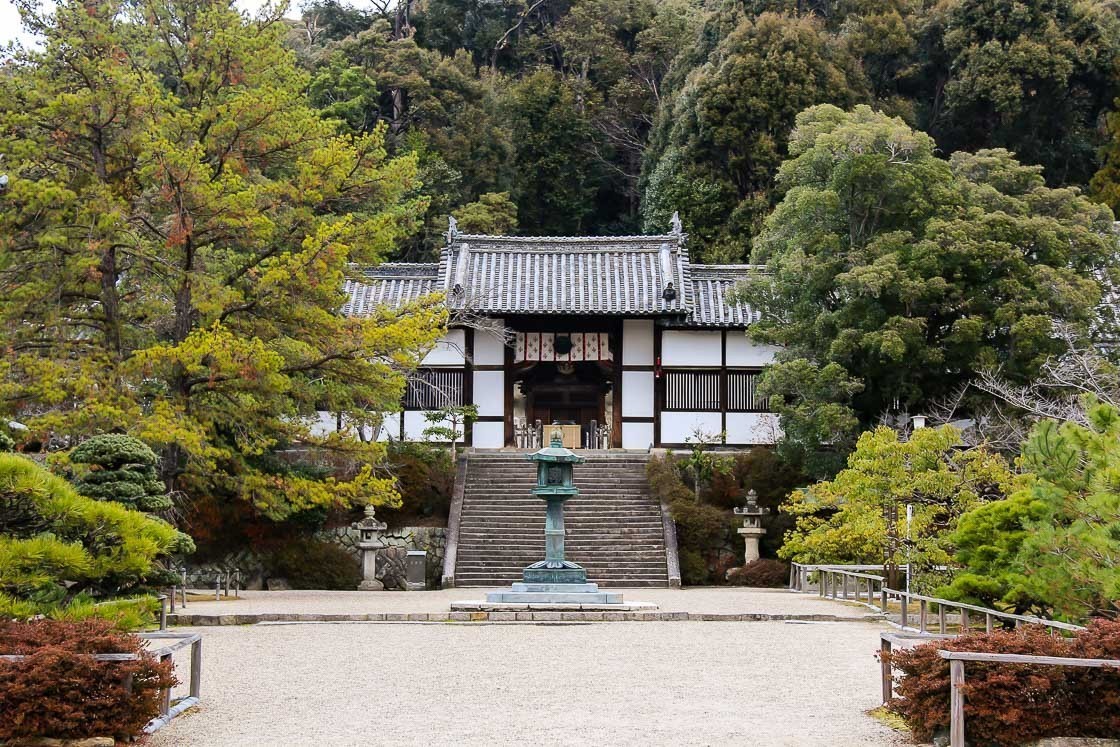
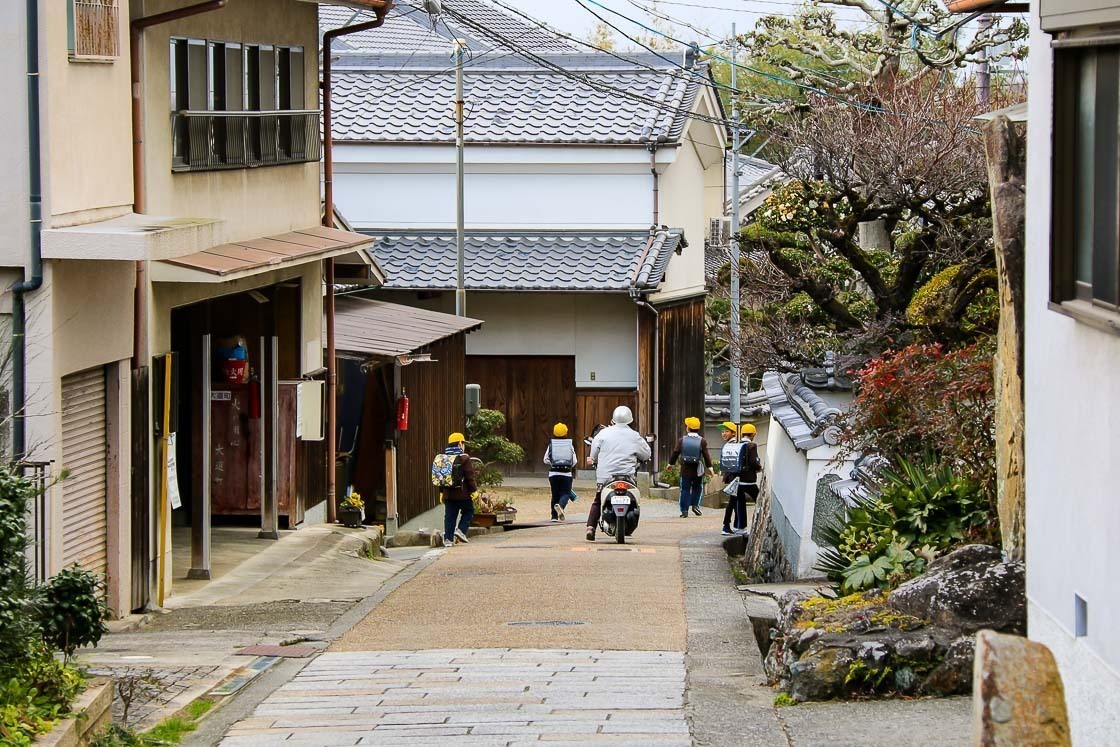
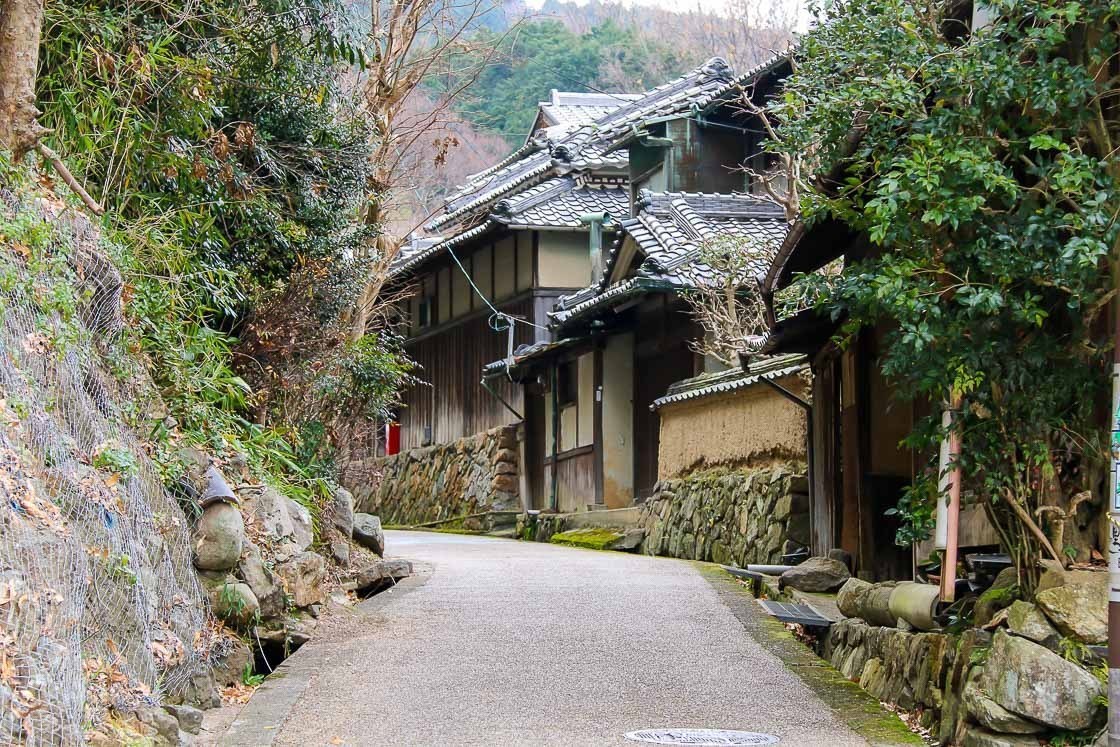
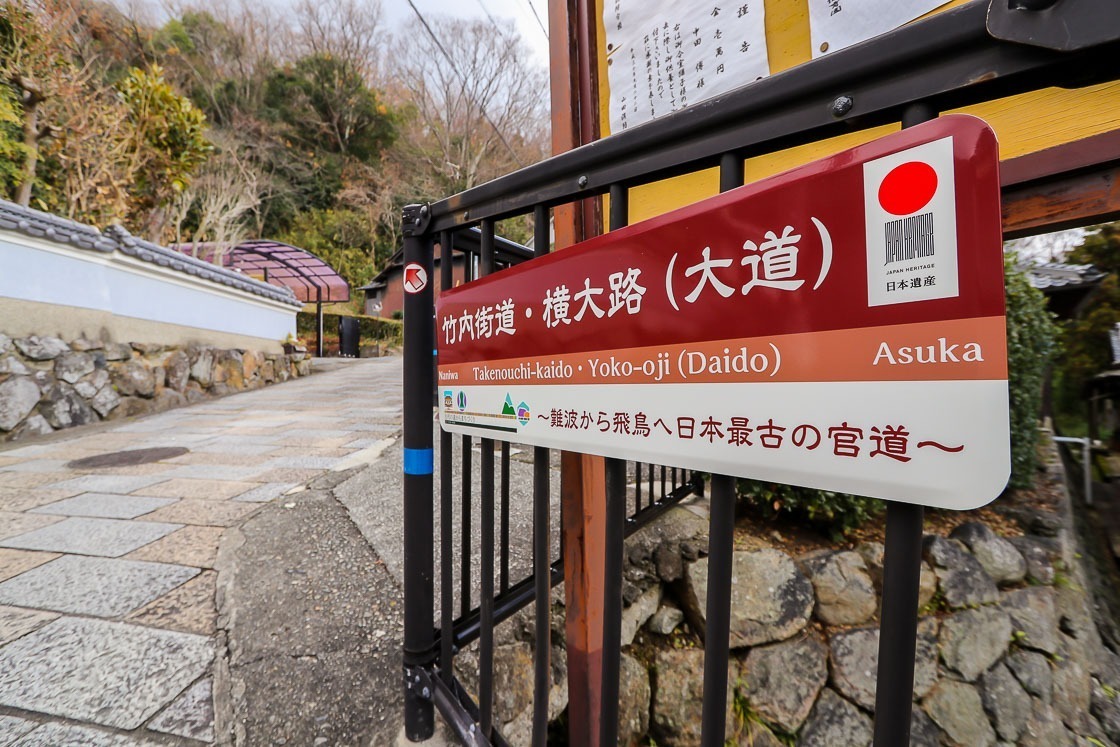
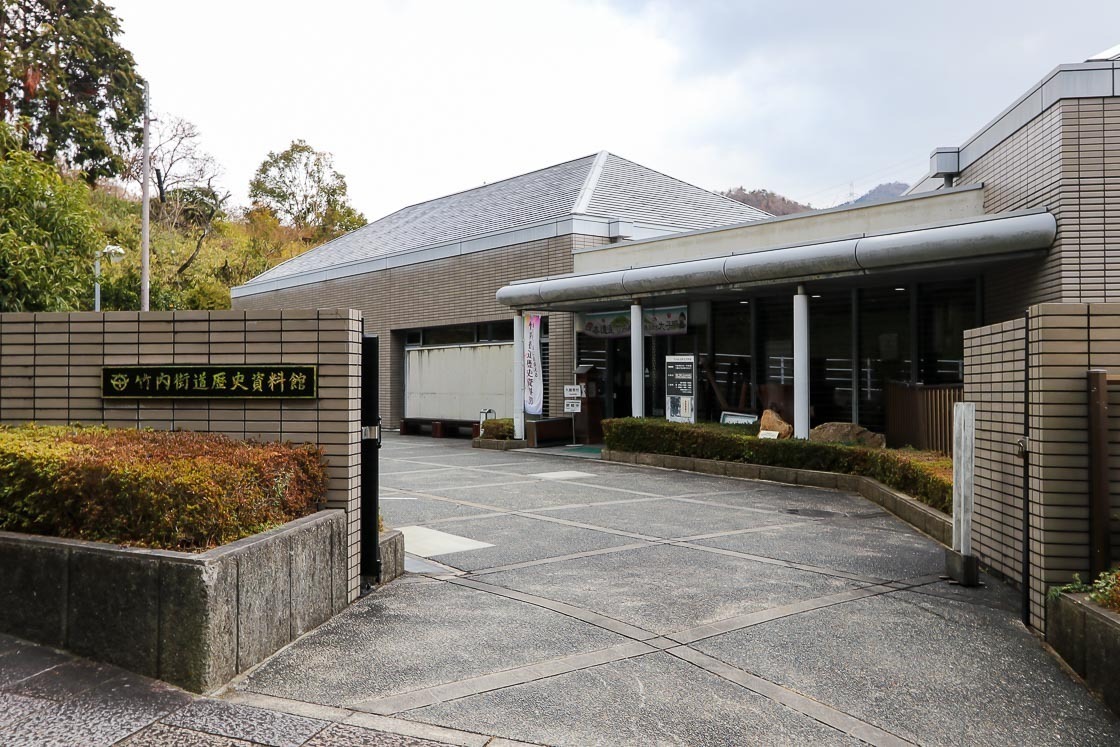
Katsuragi City
In Katsuragi City, I went to Taimadera and the Sumo Museum "Kehaya-Za", which are within a 15-minute walk from Taimadera Station on the Kintetsu Line. It takes a fair amount of time to see everything on the sprawling grounds of Taimadera, and it is best to allocate about one to two hours for a visit. There are many cultural heritage statues and structures on site, and some date back over 1000 years ago! Interestingly, the main object of worship at Taimadera is a large woven mandala depicting a scene of Buddhist paradise, which was said to be woven in a single night by the Princess Chujo who entered nun-hood there.
Not far from Taimadera is the Sumo Museum "Kehaya-Za", and this is a must visit for sumo fans or those interested in the Japanese sport. Inside the small museum, visitors will have the opportunity to get up close to a real-sized sumo ring and learn more about the history of sumo wrestling and its customs.
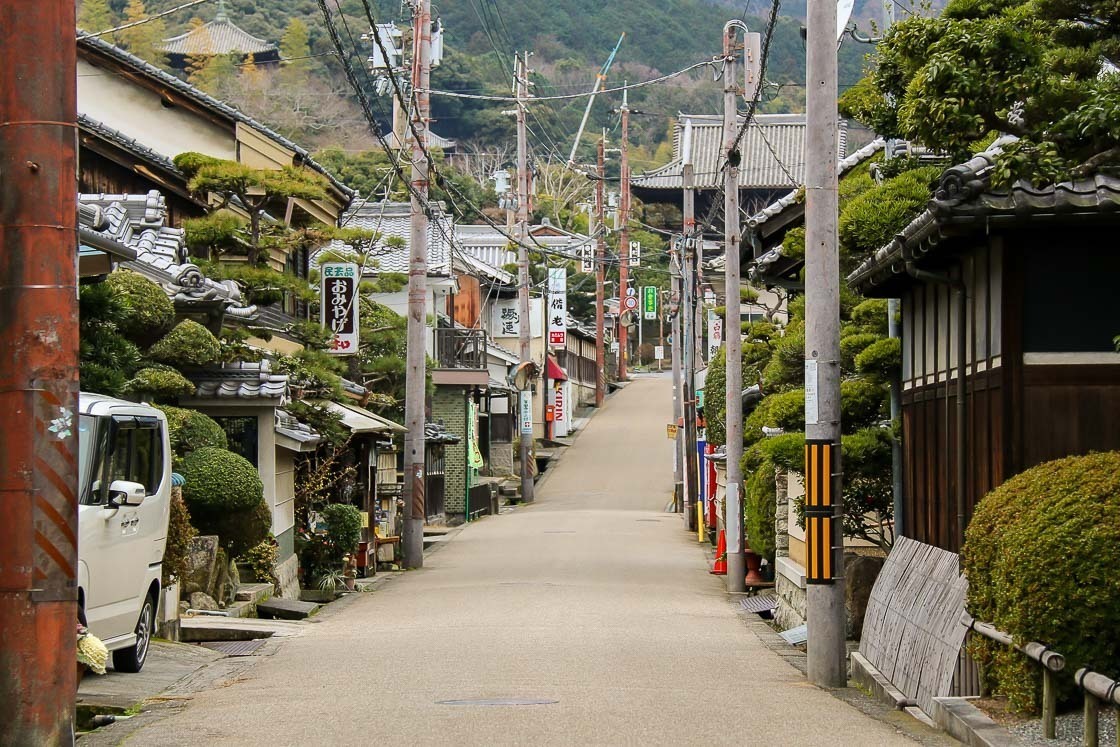
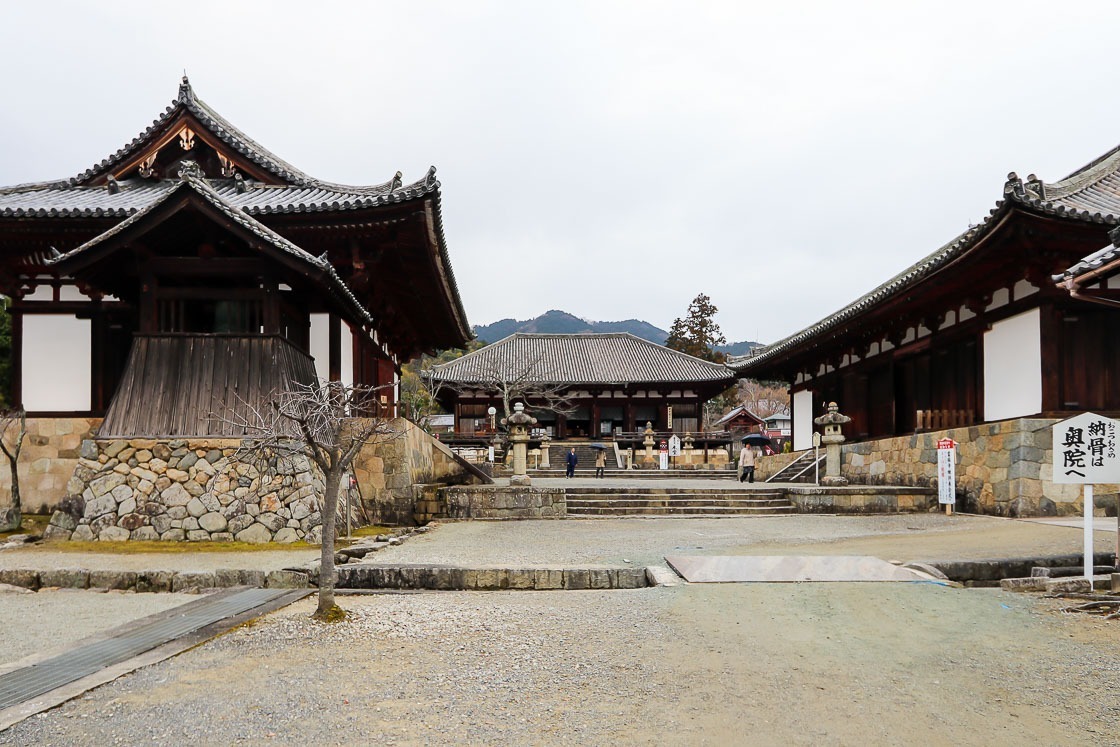
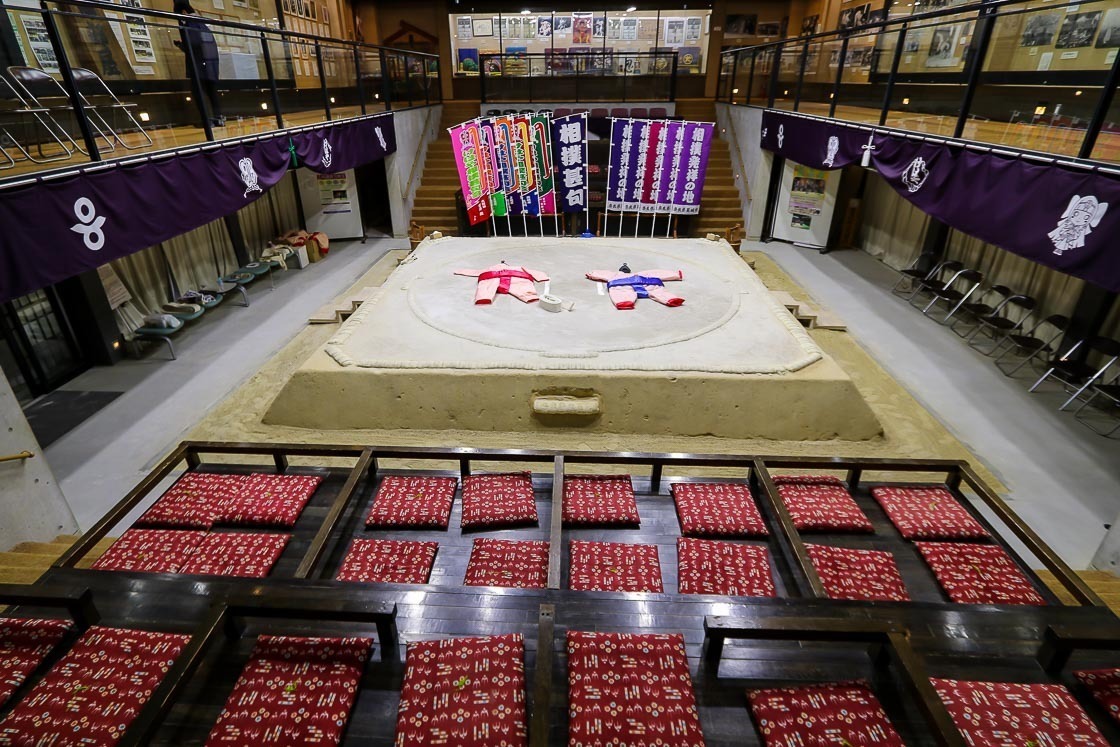
Yamato Takada City
Less than five kilometers away from Taimadera Station is Onaka Park in Yamato Takada City. One of the unique features of this park is the Okaden, a floating Noh stage. Additionally, the park has many cherry trees and is a popular cherry blossom viewing spot in the spring. The park is about a 10 minute walk from Takadashi Station on the Kintetsu Line.
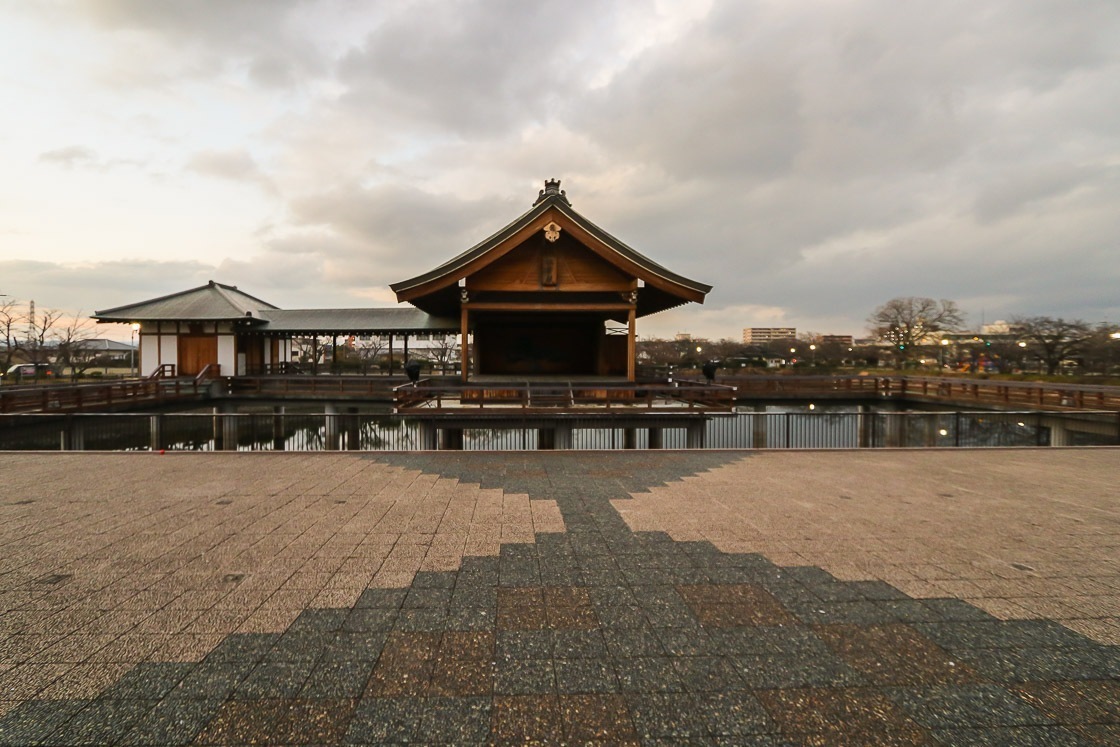
Kashihara City
Kashihara City is a relatively large city, and my destinations here were Imai-cho and Kashihara-Jingu Shrine. I started at Imai-cho, a quaint merchant town with many preserved houses. The preserved district remains as a mix of residences, businesses and heritage residences open to the public, creating quite an authentic atmosphere and made for a pleasant stroll.
Kashihara-Jingu Shrine is a relatively new shrine constructed in 1890, but nonetheless one with an important history. It is where Emperor Jimmu, the first emperor of Japan and great-great-great grandson of the Sun Goddess Amaterasu, is said to be enshrined, and has two buildings, the honden (main sanctuary hall) and Kaguraden, from the Kyoto Imperial Palace donated by the Emperor Meiji. Kashiharajingu-mae Station on the Kintetsu Line is the main station serving the area and a hub for those going to Kyoto, Osaka and Yoshino.
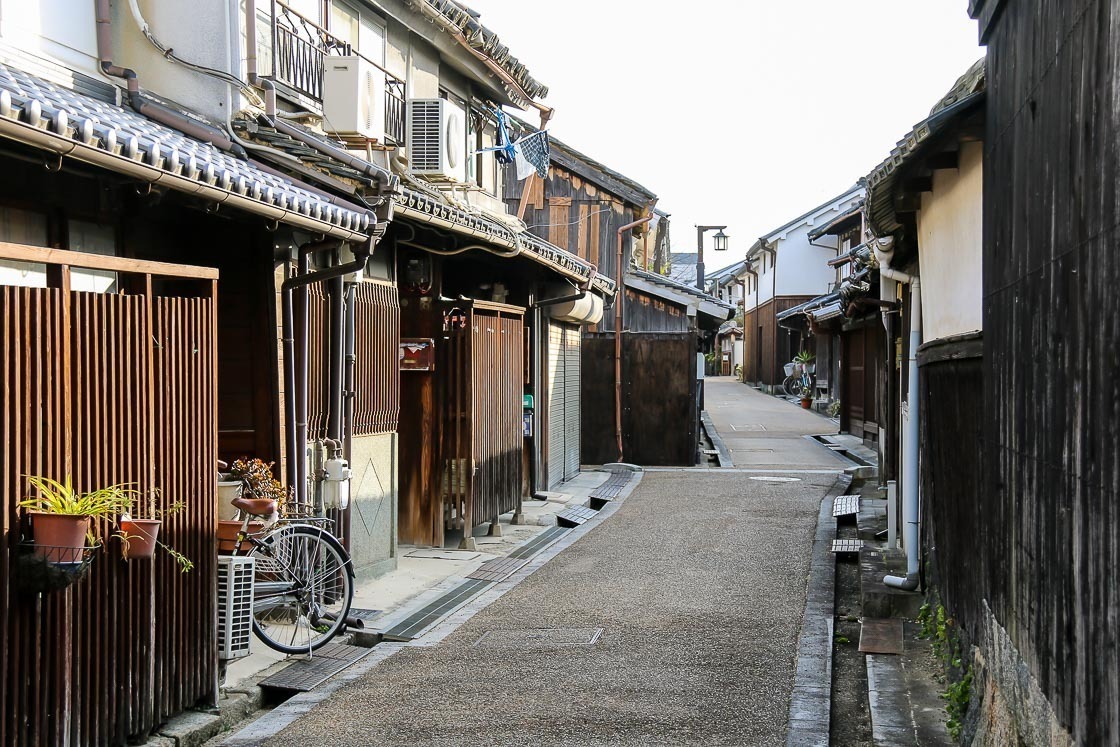
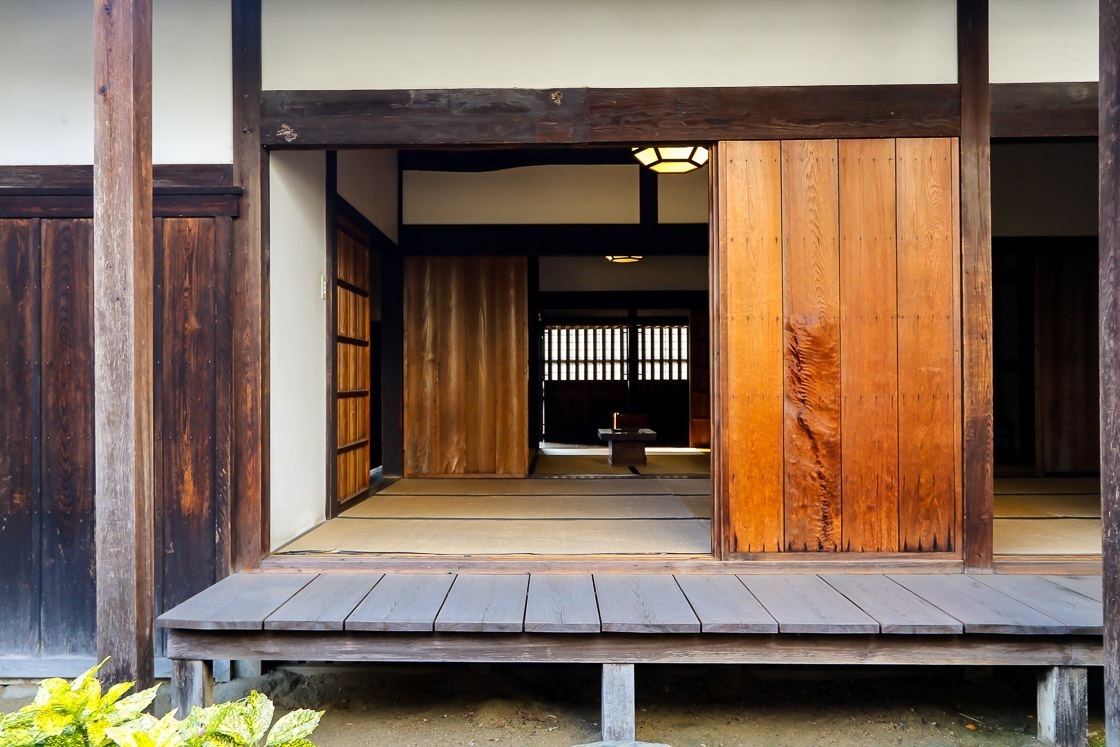
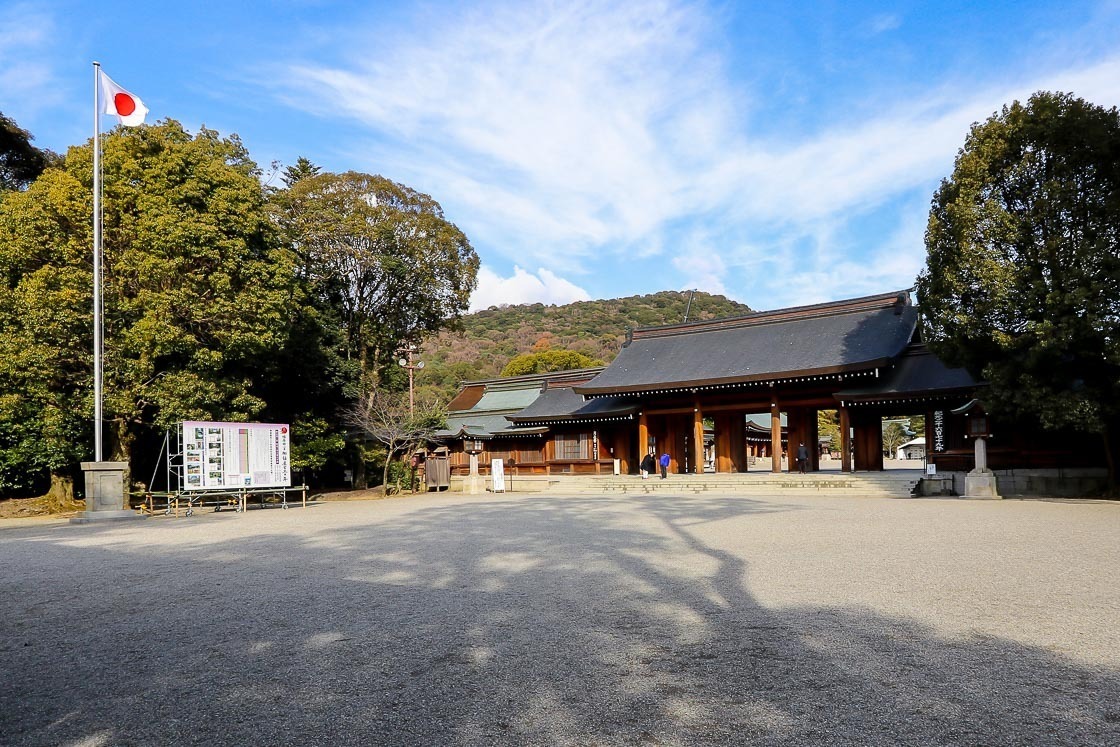
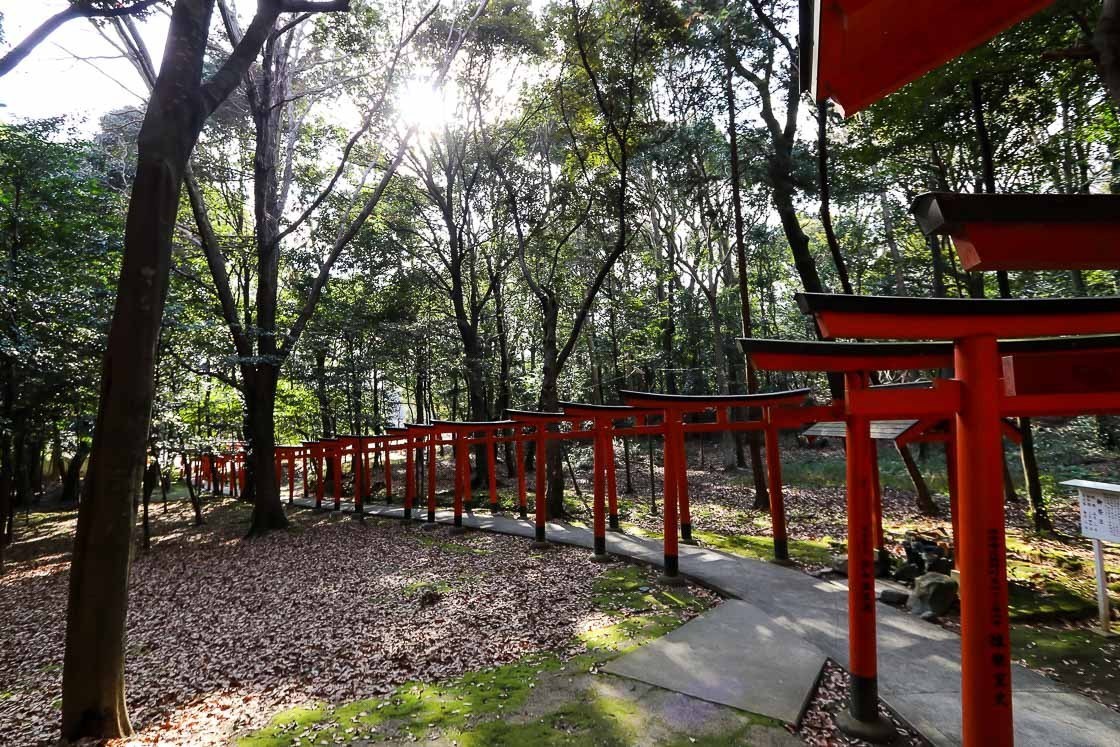
Asuka Village
Asuka Village is often referred to as the birthplace of Japan as a nation, and where you can find a plethora of historical sites. The main village center is relatively small, and most places are within walking distance. I went to Asukadera, a temple that houses Japan's oldest sitting Buddha statue, dating back to the Asuka Period in the 7th century. From there, I took a small detour and headed up to the 148 meter high observation deck on Amakashinooka Hill to take in some views of the surroundings. The walk up to the top did not take long at all and the view was definitely worth the quick excursion.
My last stop in Asuka was visiting the Asuka Yume no Rakuichi, a no-frills green grocer selling local products and seasonal harvest from the nearby fields. I put together a quick and delicious meal from what was available, and it was hands down the best way to experience the local flavours without having to spend a fortune. There are hourly loop buses to Asuka departing from Kashiharajingu-mae Station. Alternatively rental bicycles are also a convenient way of exploring the village.
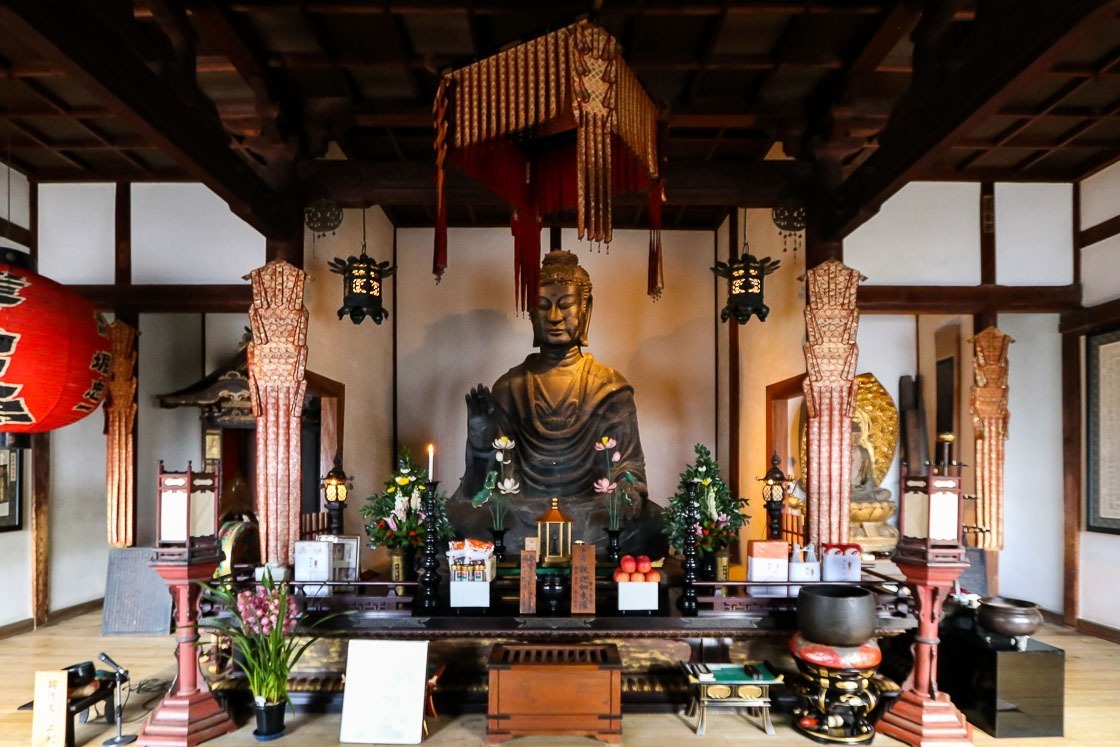
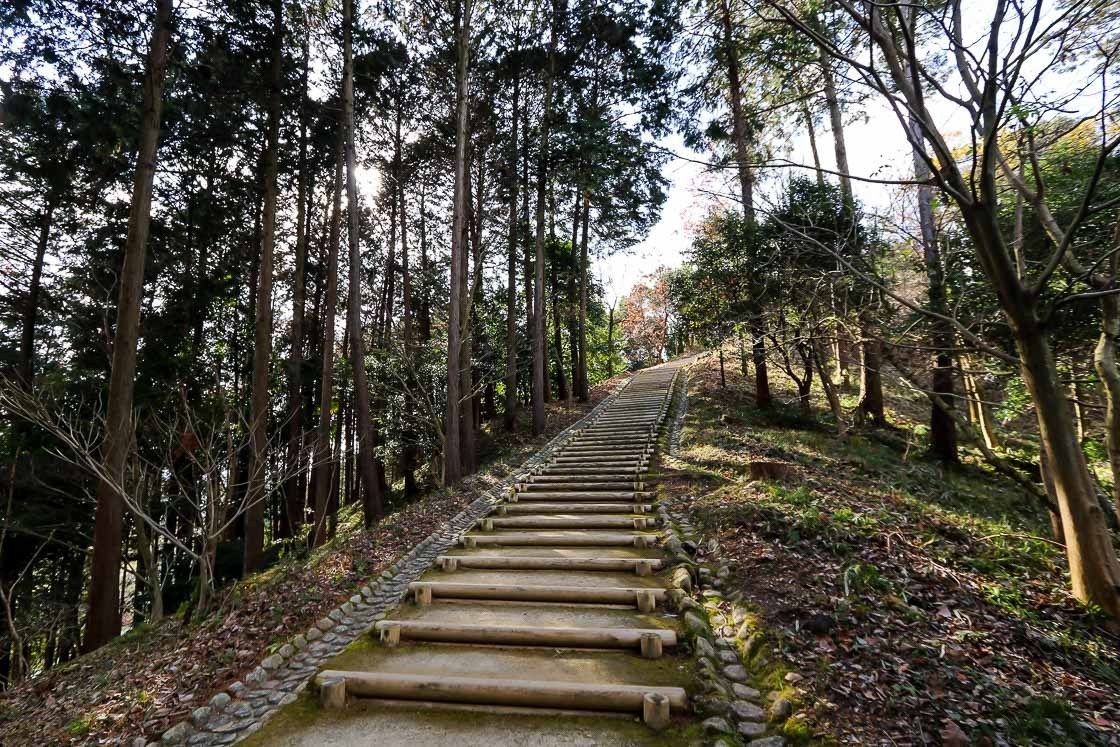
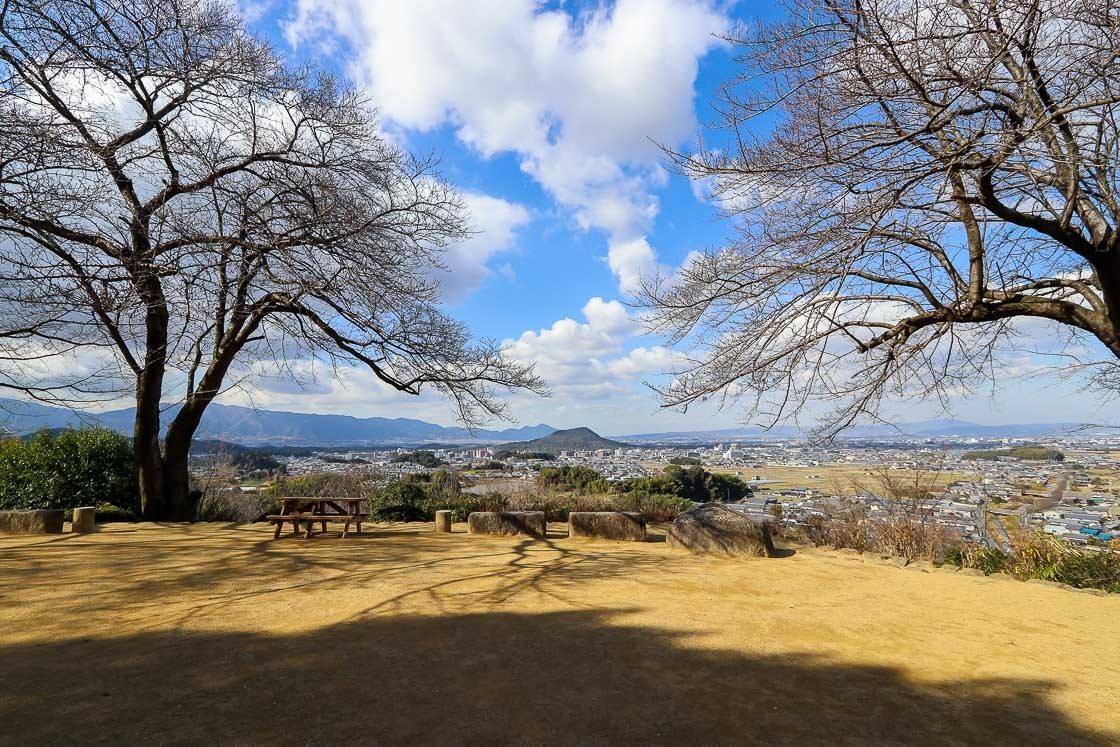
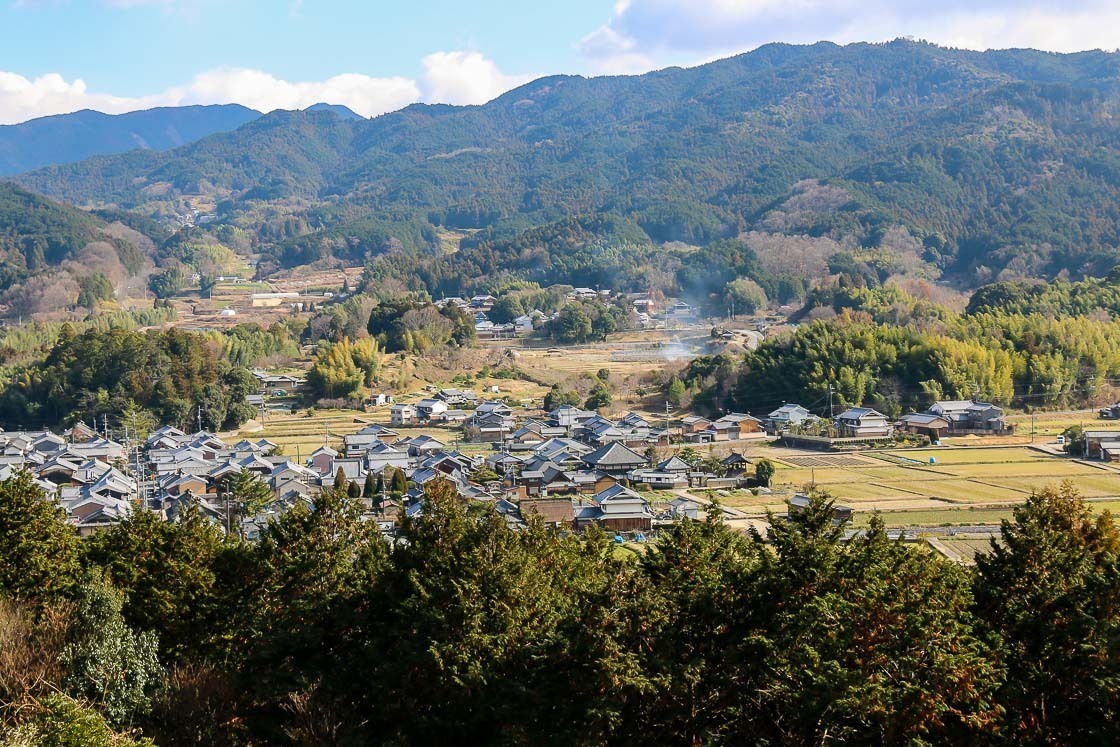
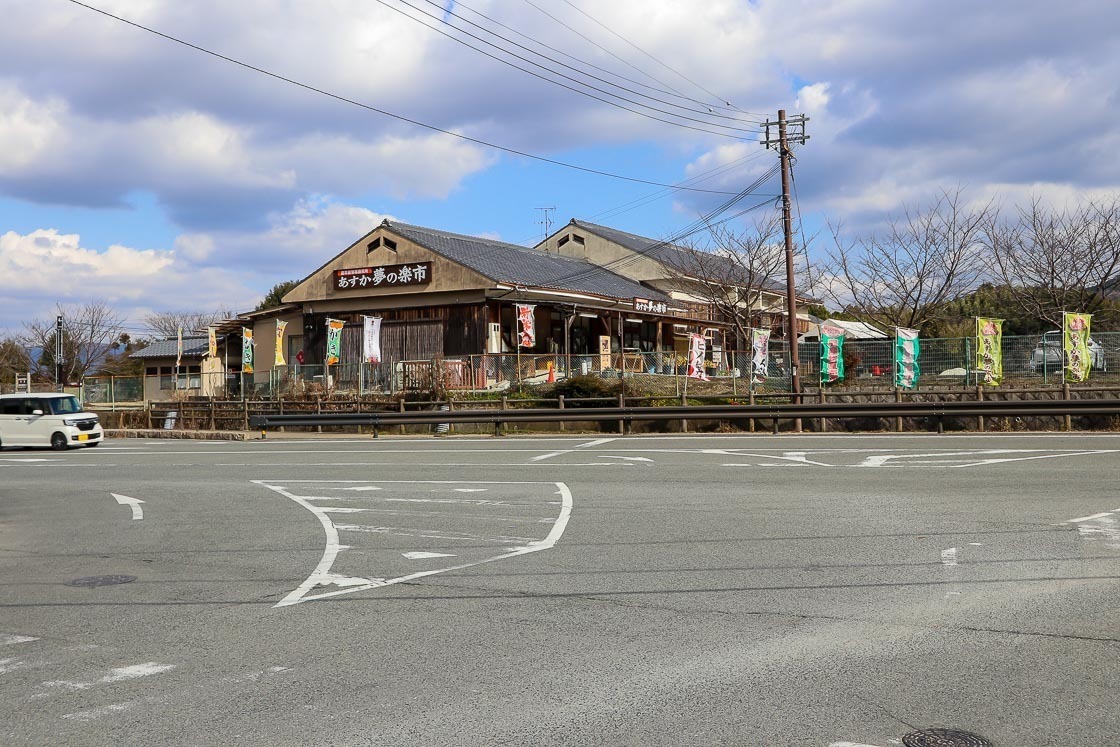
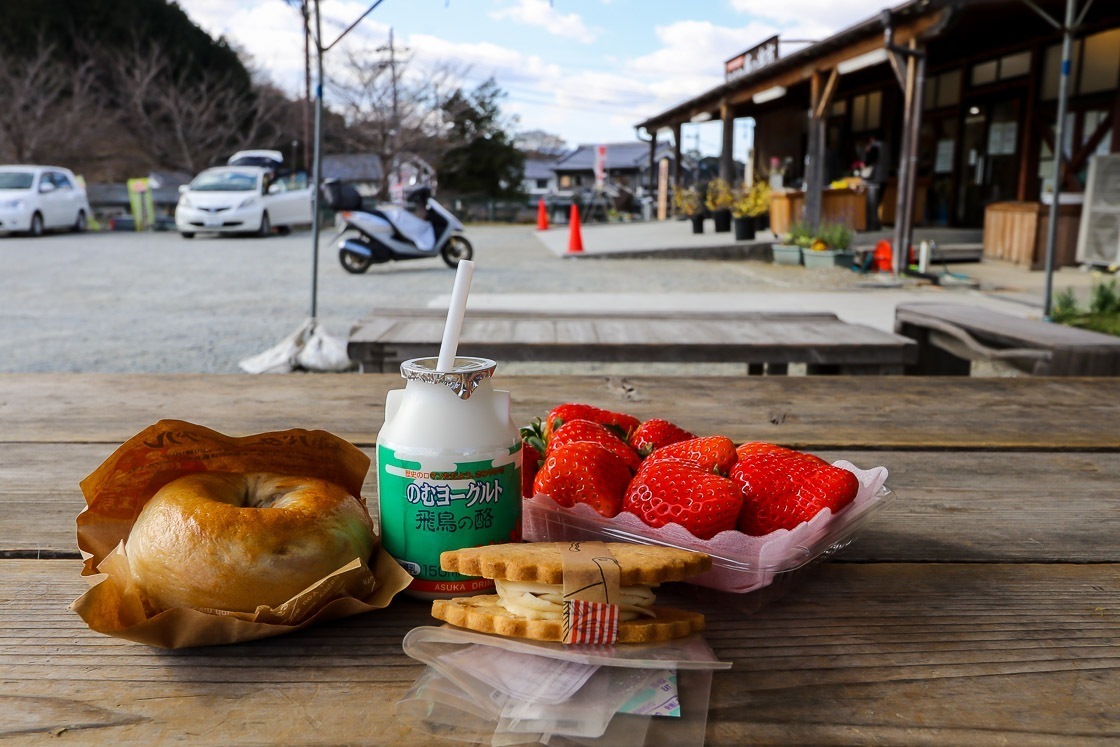
Sakurai City
Omiwa Jinja Shrine in Sakurai City was the last stop on my epic trip along the Takenouchi Kaido. This shrine is said to be one of the oldest in Japan, and its object of worship is not a deity but a holy mountain, Mount Miwa which stands behind. It also has a triple torii gate that are joined together instead of a typical torii gate that stands between the base of the mountain and the main hall of the shrine. There are a number of smaller shrines in the vicinity of the main hall, and visiting everything would easily take up an hour or two. The closest station to Omiwa Jinja Shrine is Miwa Station on the JR Sakurai Line.
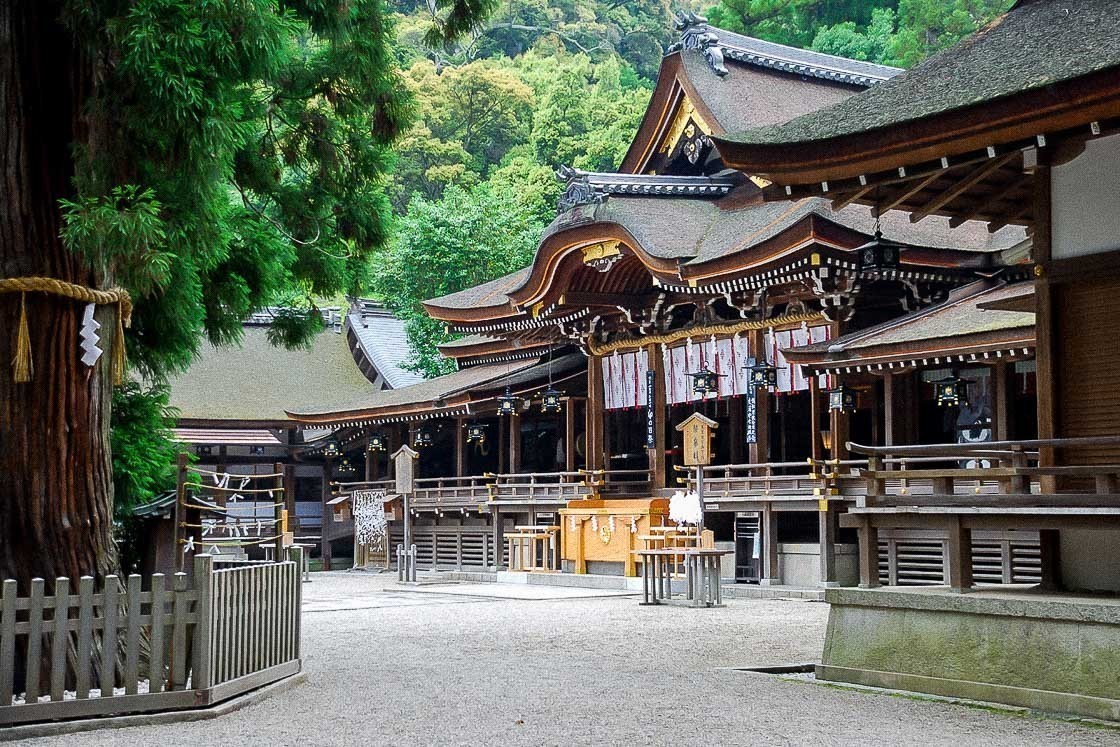
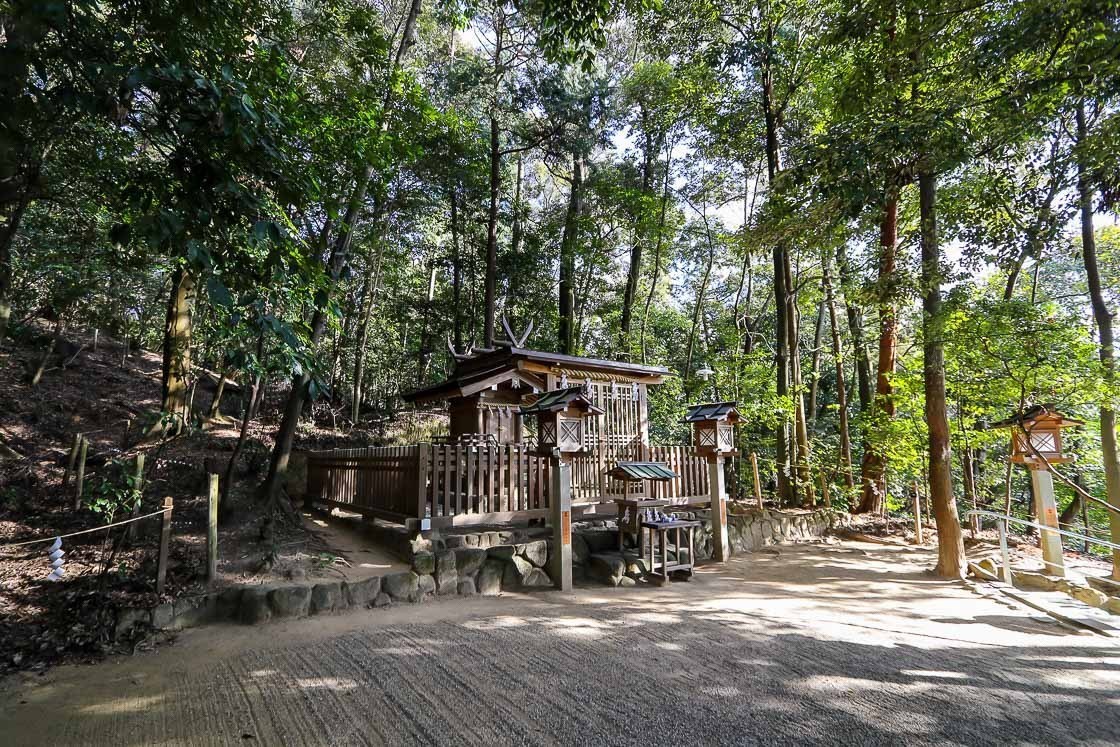
Access
My entire journey from Osaka to Sakurai covered a total distance of around 60 kilometers, roughly half of which were along the Takenouchi Kaido and half along connecting historical routes. Note that today the majority of the route leads along busy roads and that there are not many dedicated walking trails. Consequently, I recommend to navigate the route using a mix of walking and public transport. The closest train station for each place is outlined in each corresponding paragraph.

Links
- Osaka Castle Park
- Osaka Museum of History
- Shitennoji Temple
- Sakai Tourist Guide
- Sakai City Traditional Crafts Musuem
- Sakai Plaza of Rikyu and Akiko
- Shibagaki Jinja Shrine
- Onkashitsukasa Yoshinoya
- Flour
- Taishi Town Tourist Association
- Taimadera Temple and Sumo Museum "Kehaya-Za"
- Onaka Park
- Imai-cho
- Kashihara-jingu Shrine
- Exploring Asuka
- Asuka-dera Temple
- Amakashinooka Hill
- Asuka Yume no Rakuichi
- Yamato Travel
